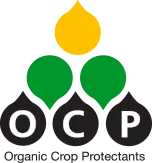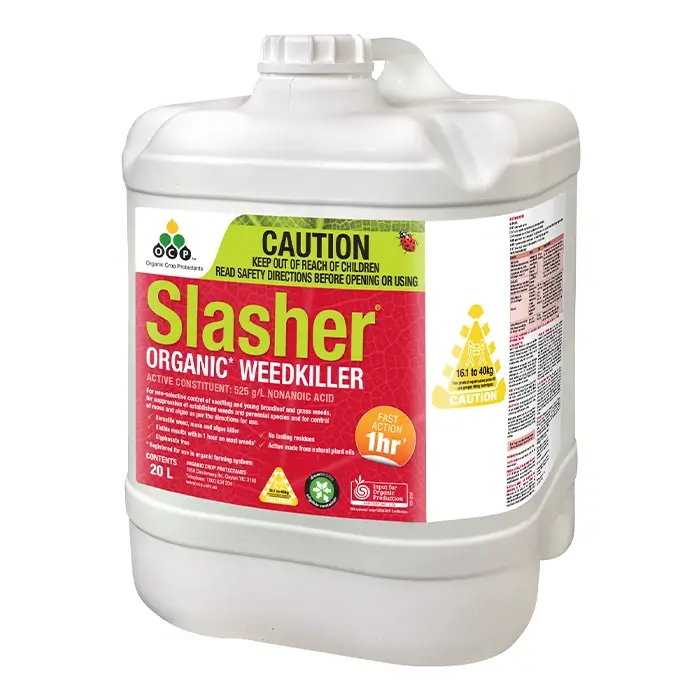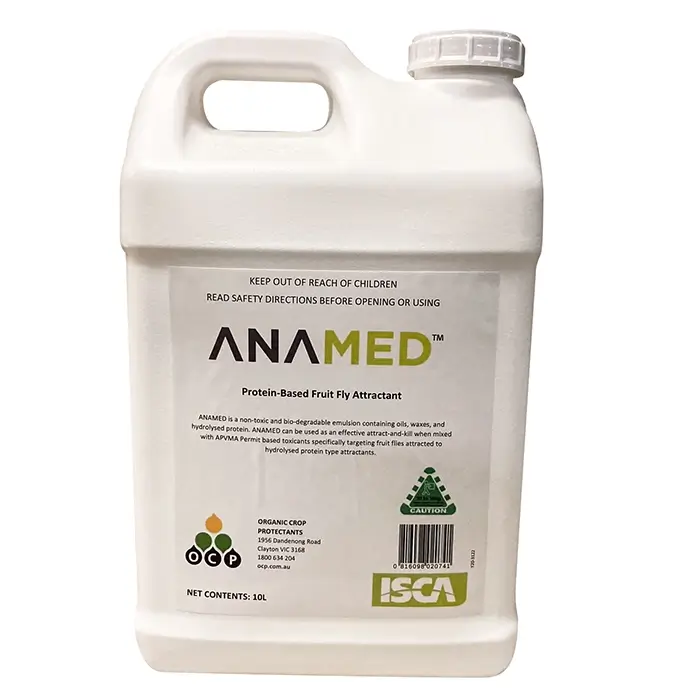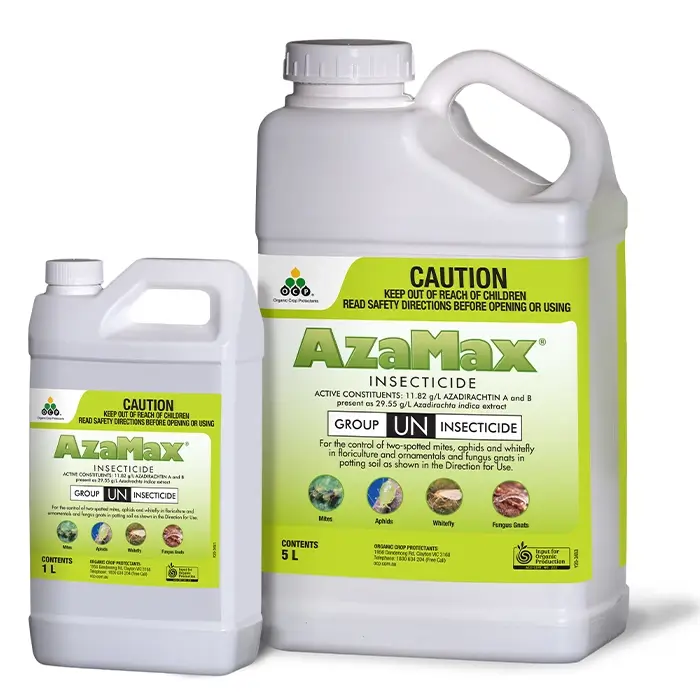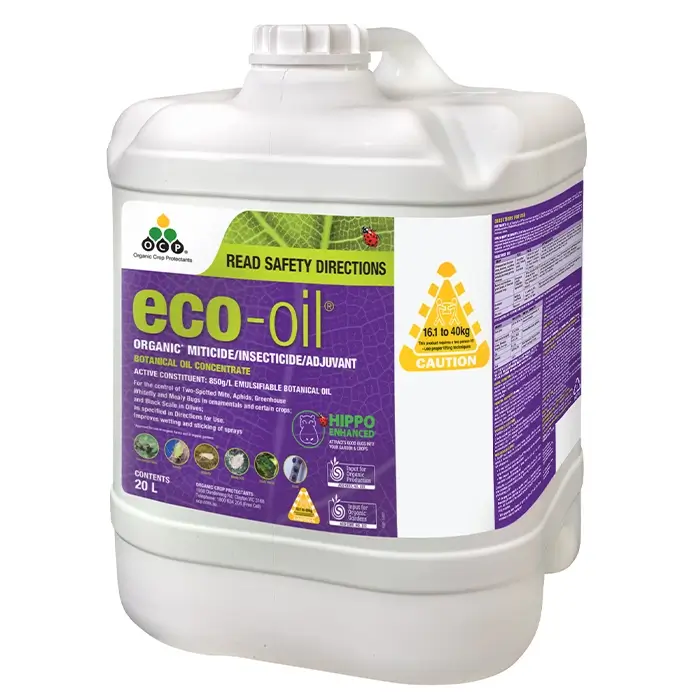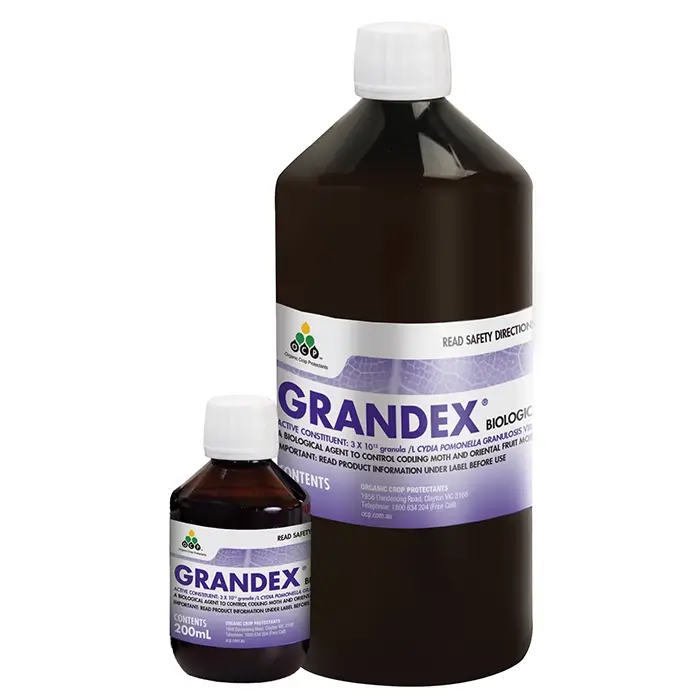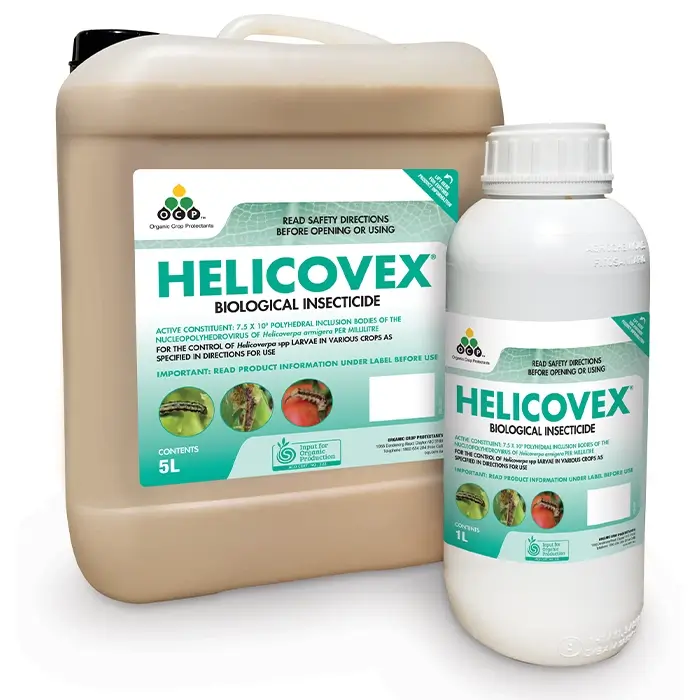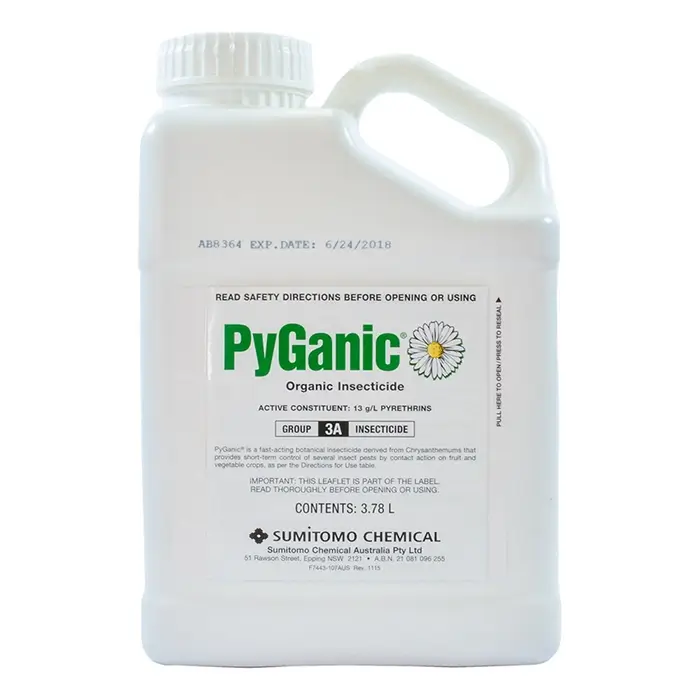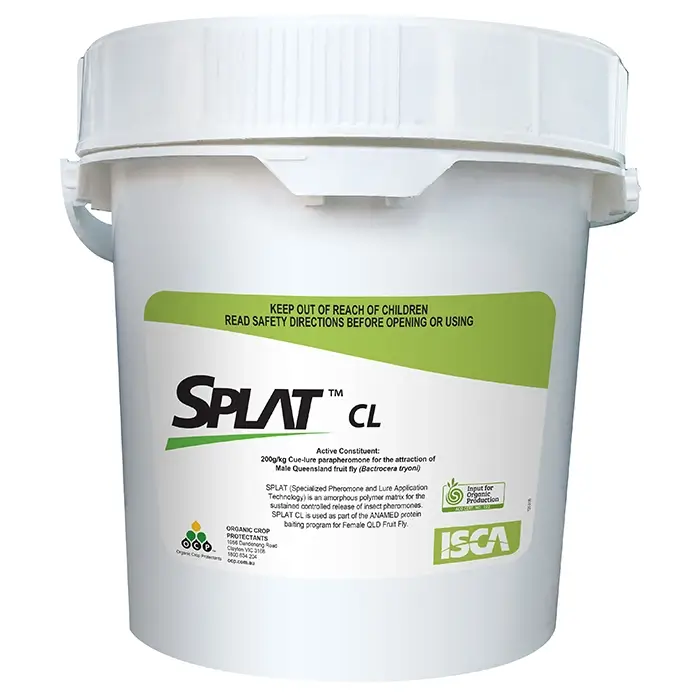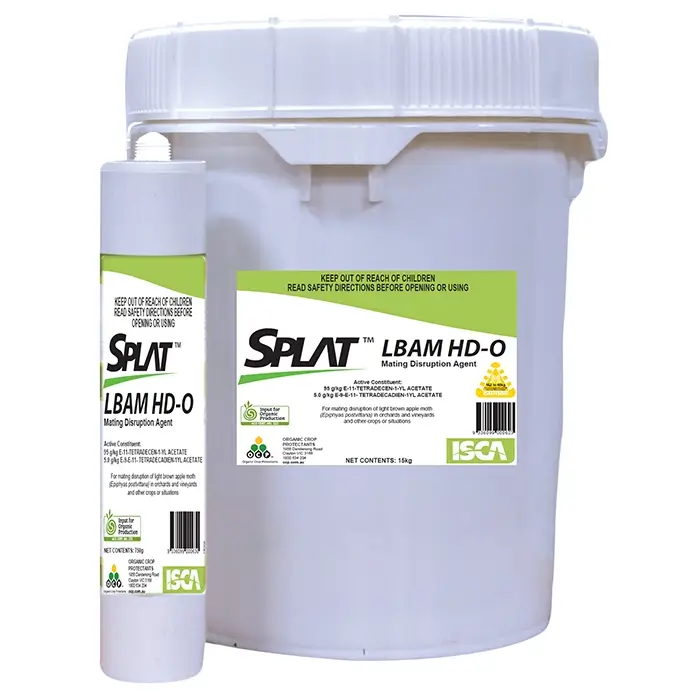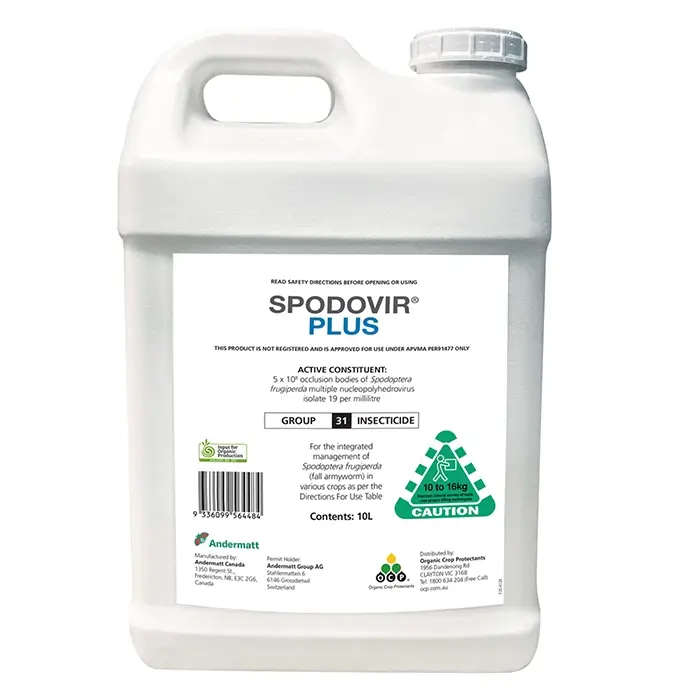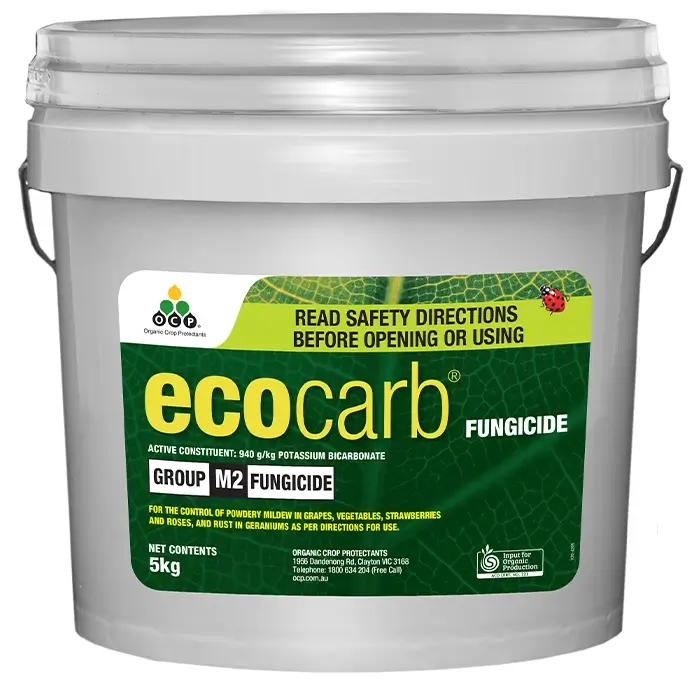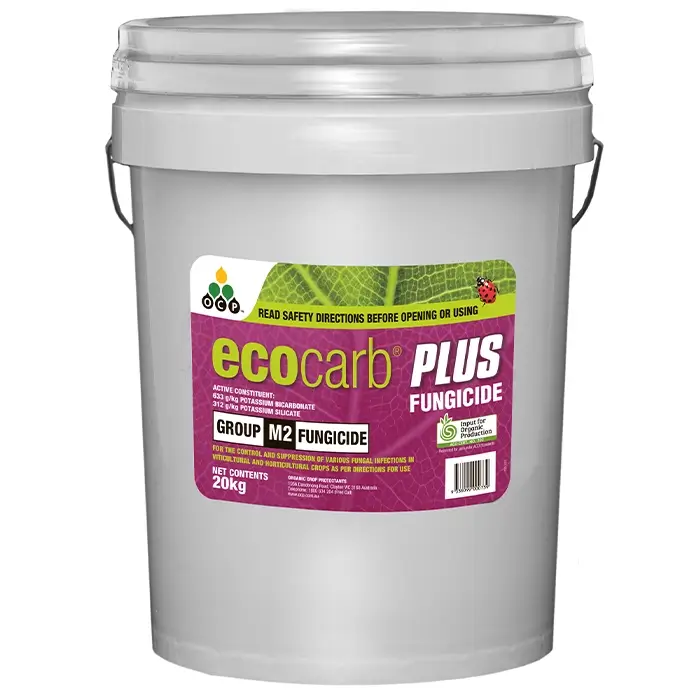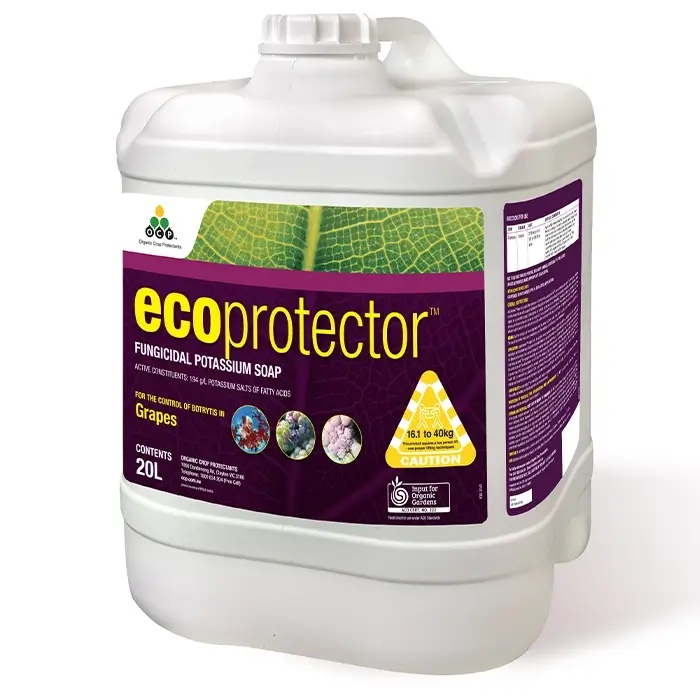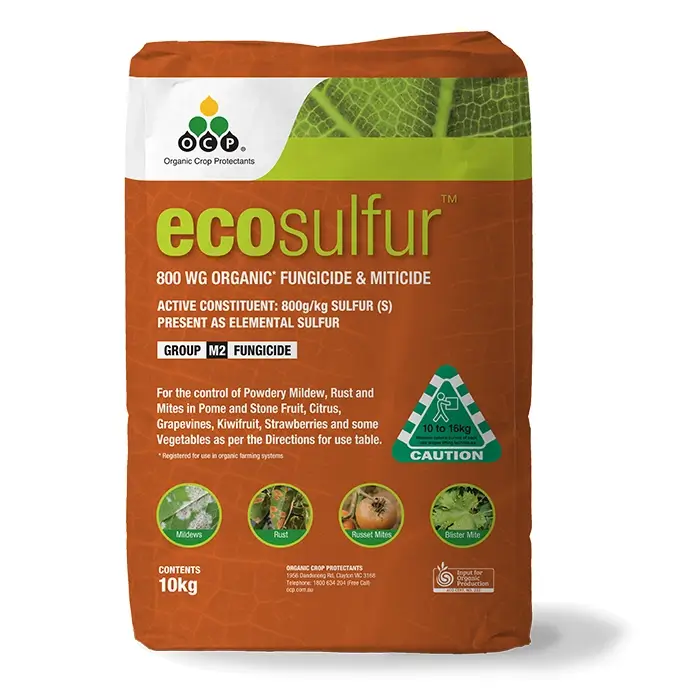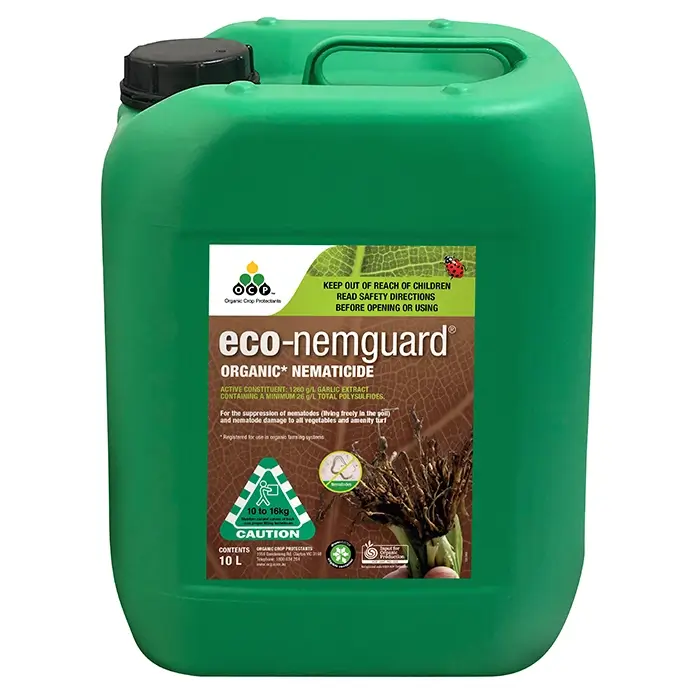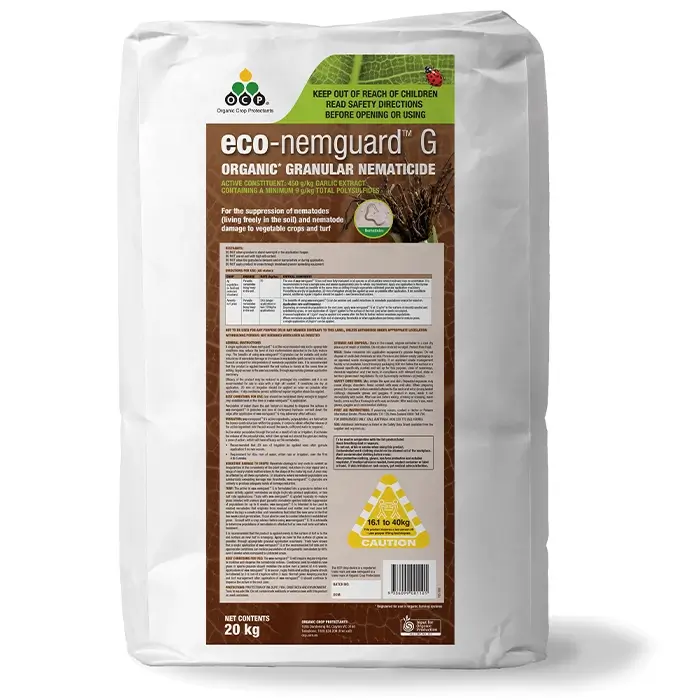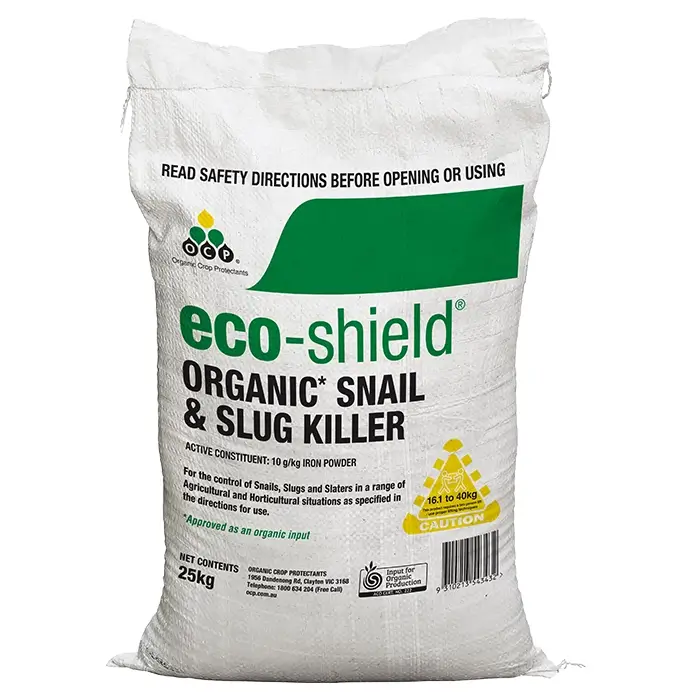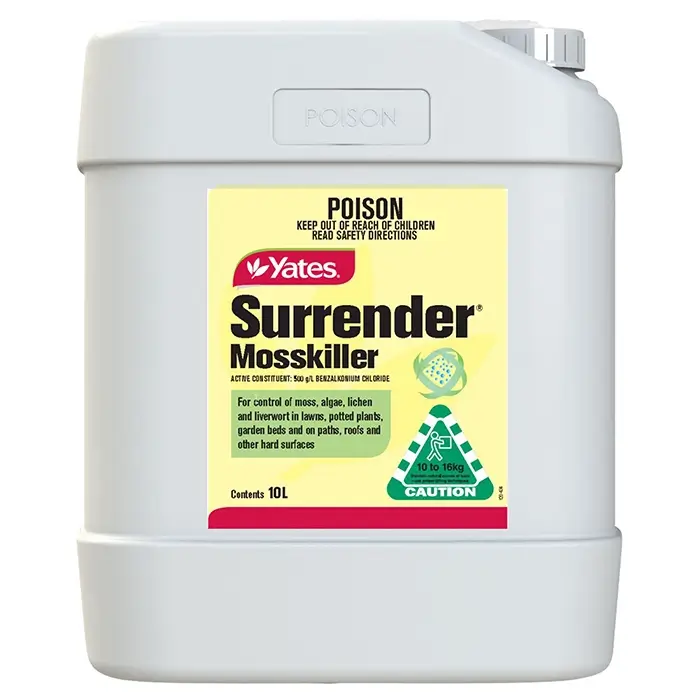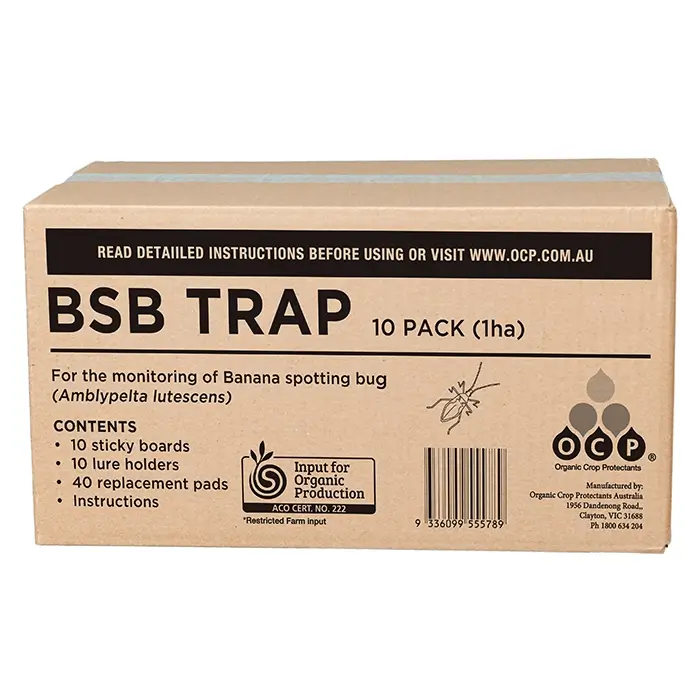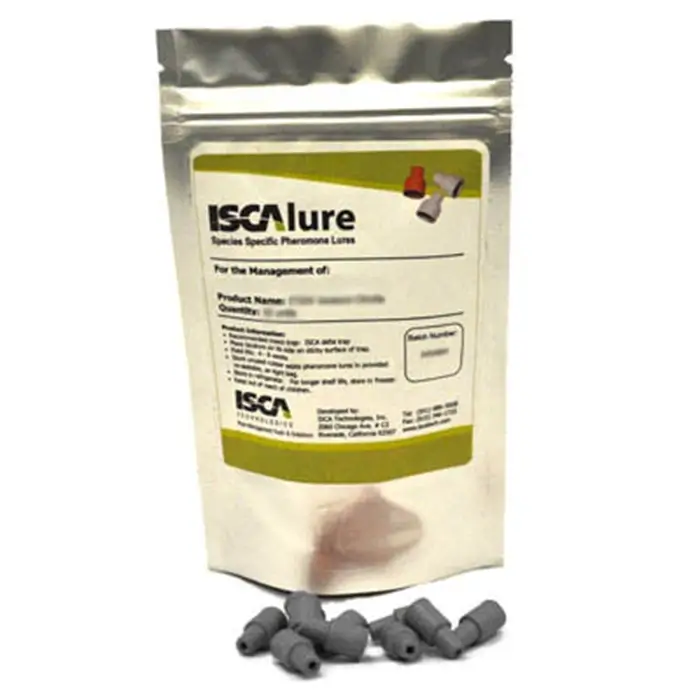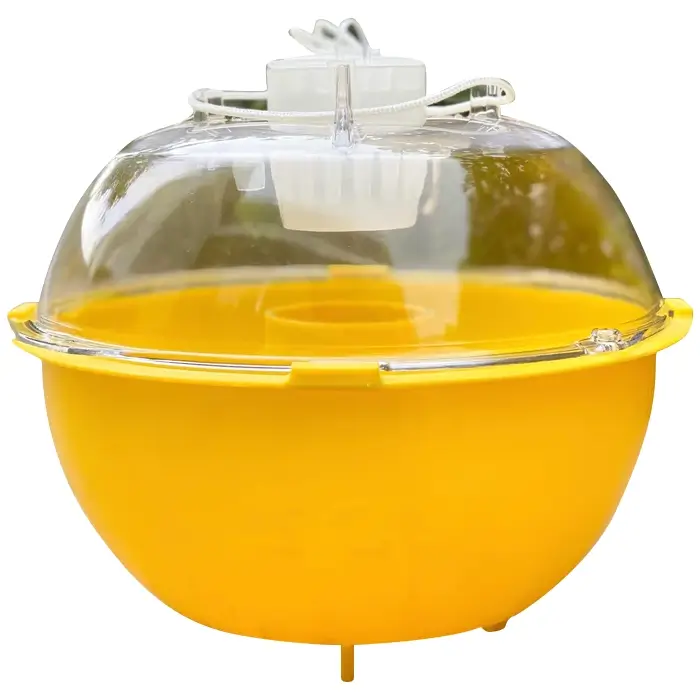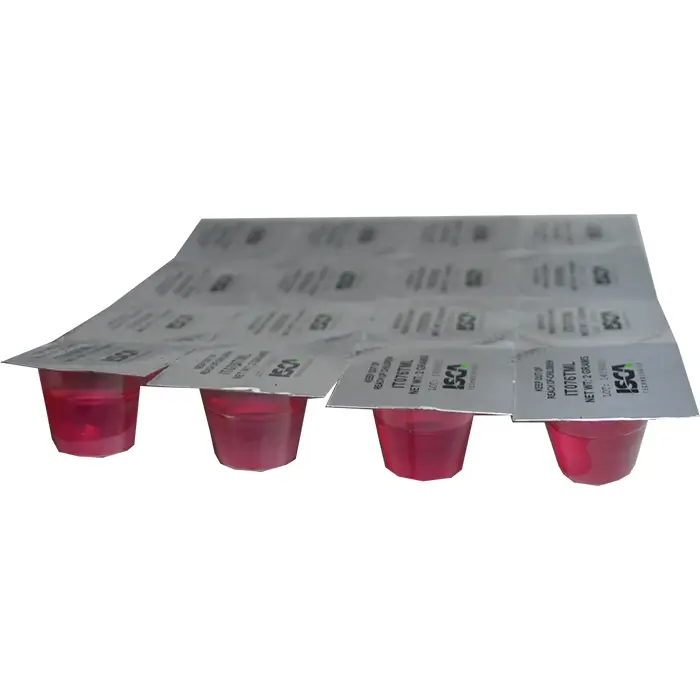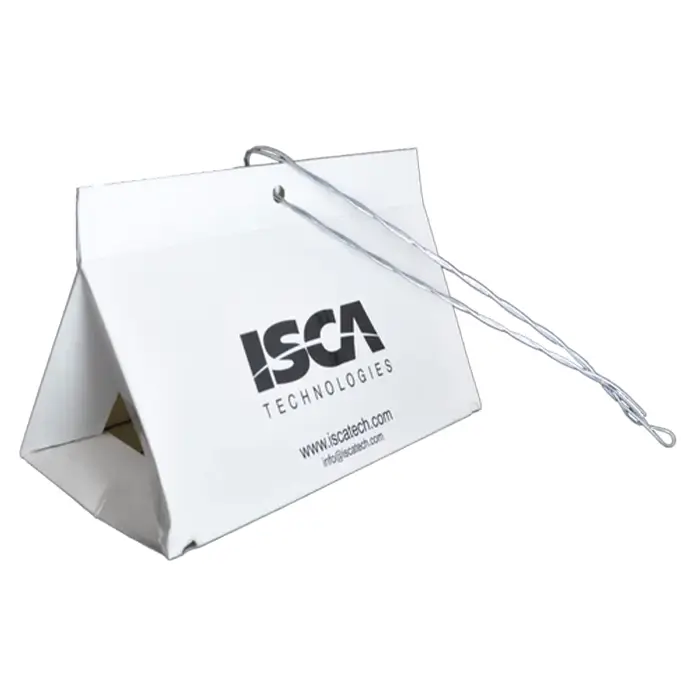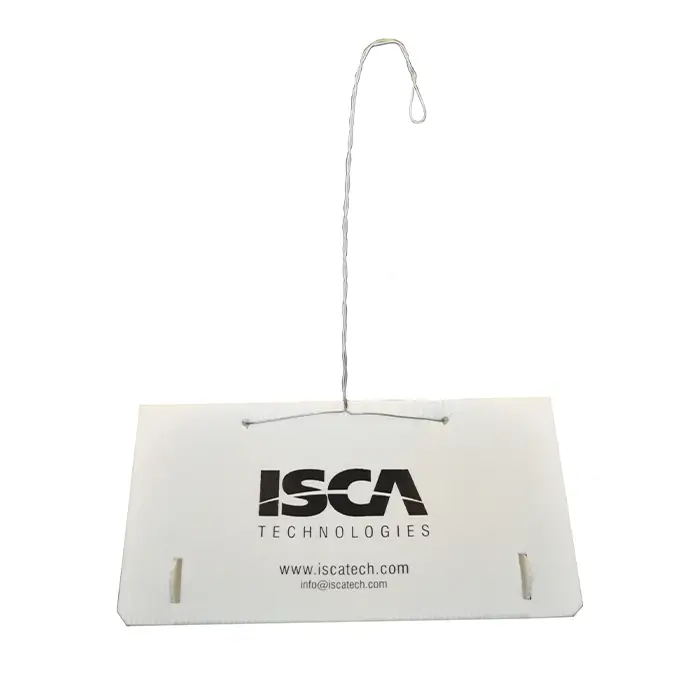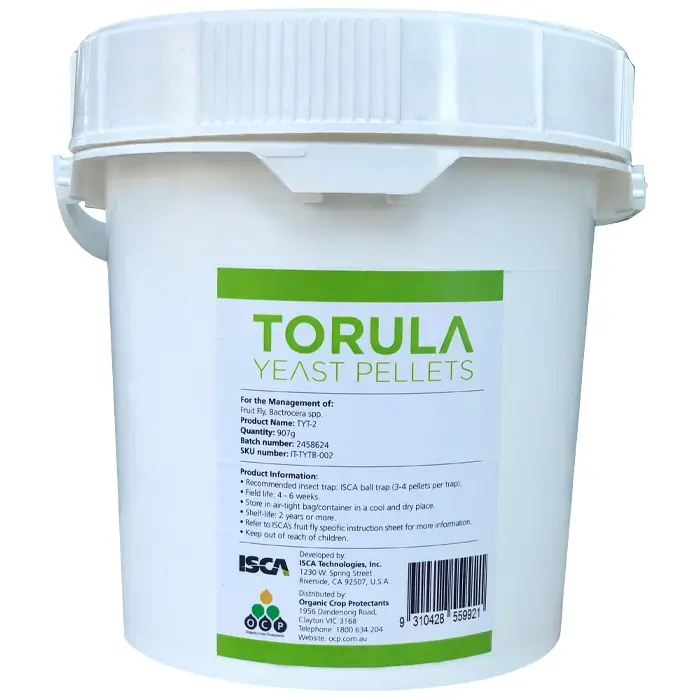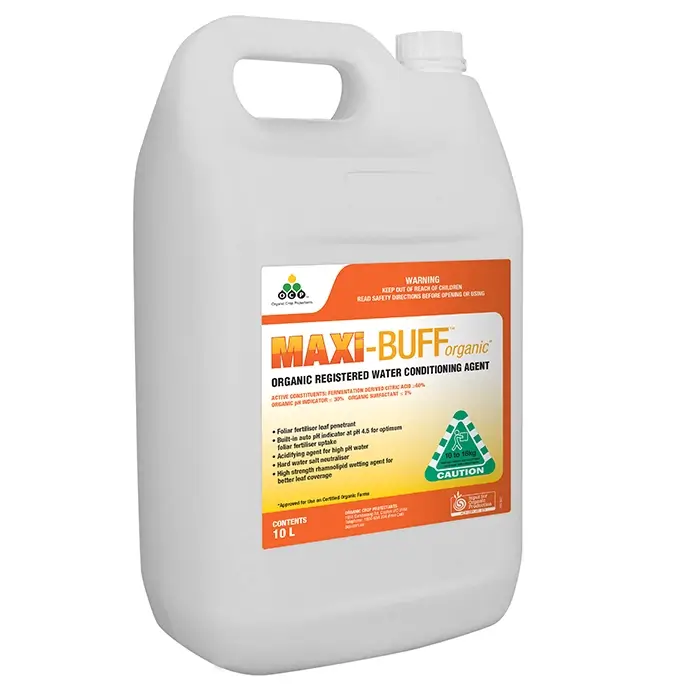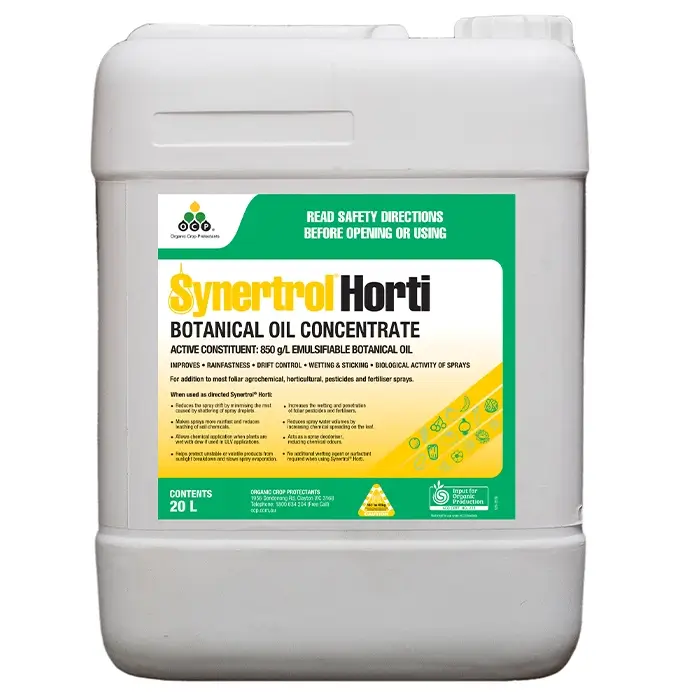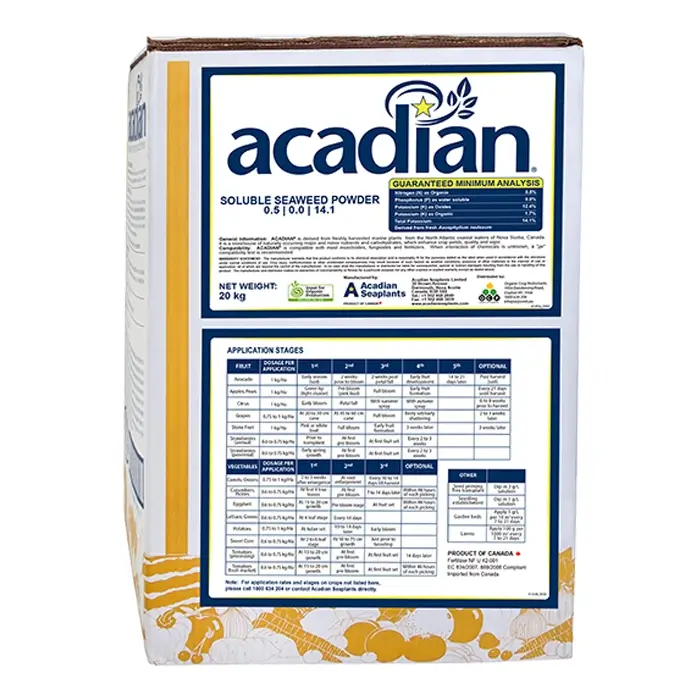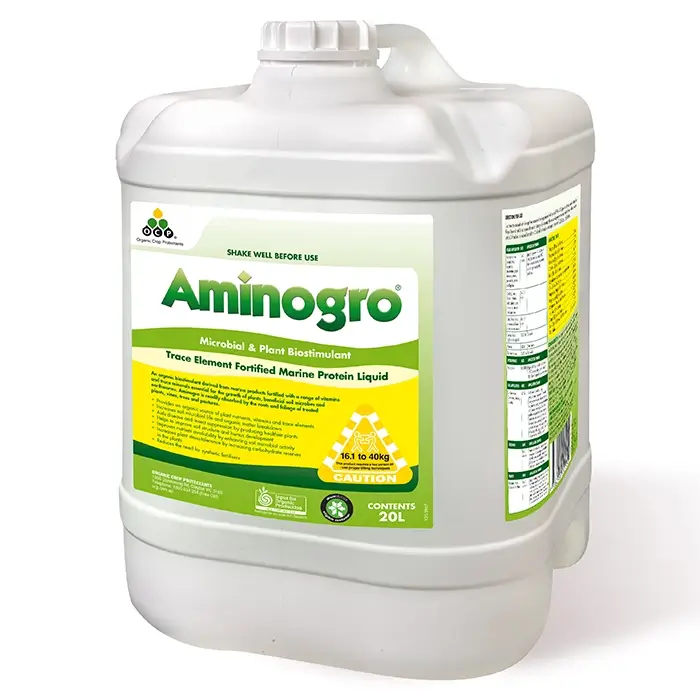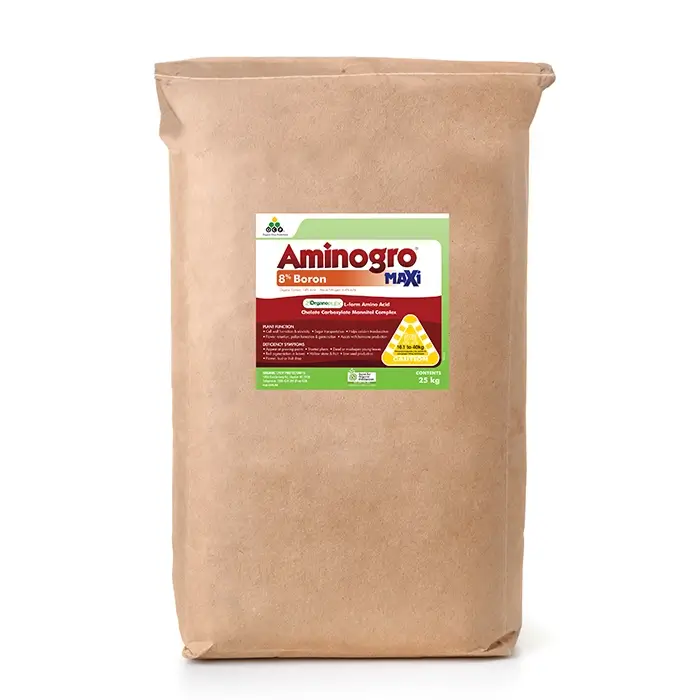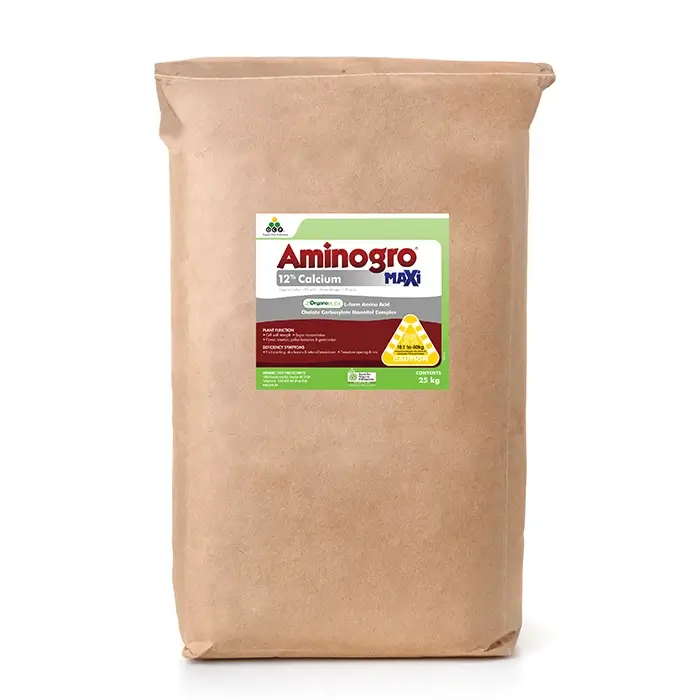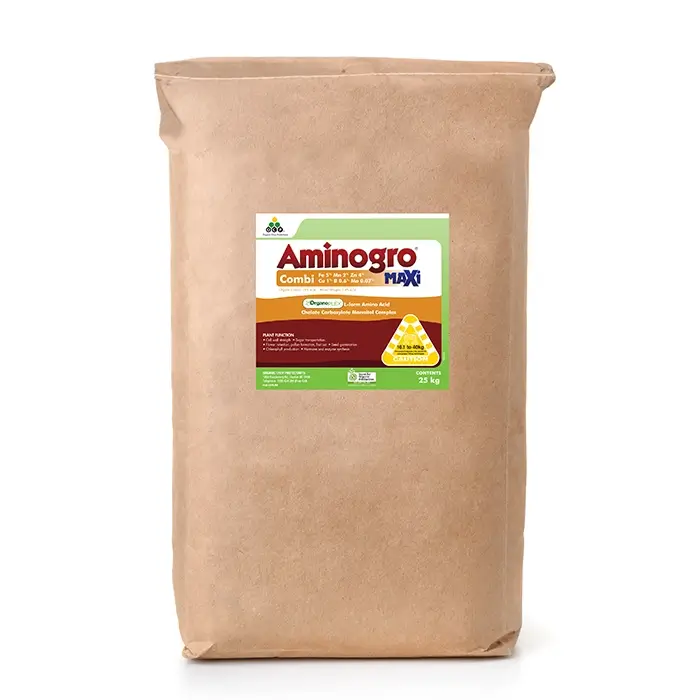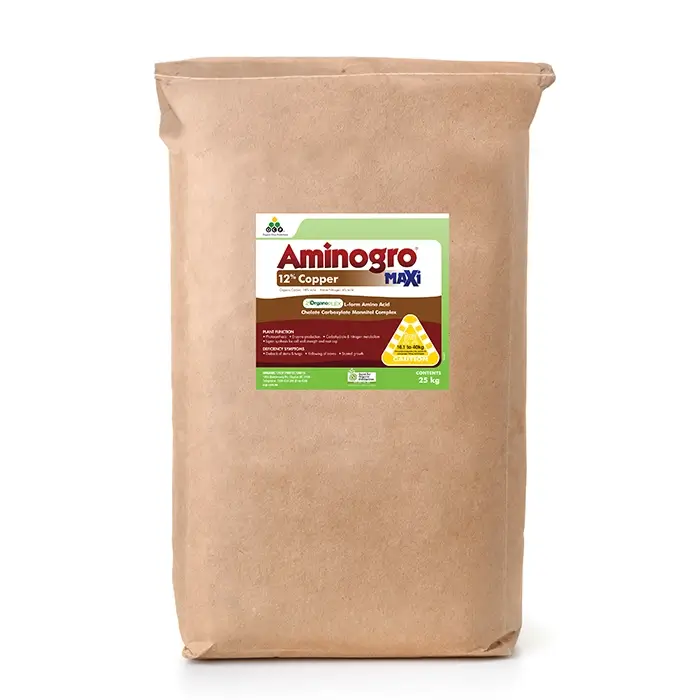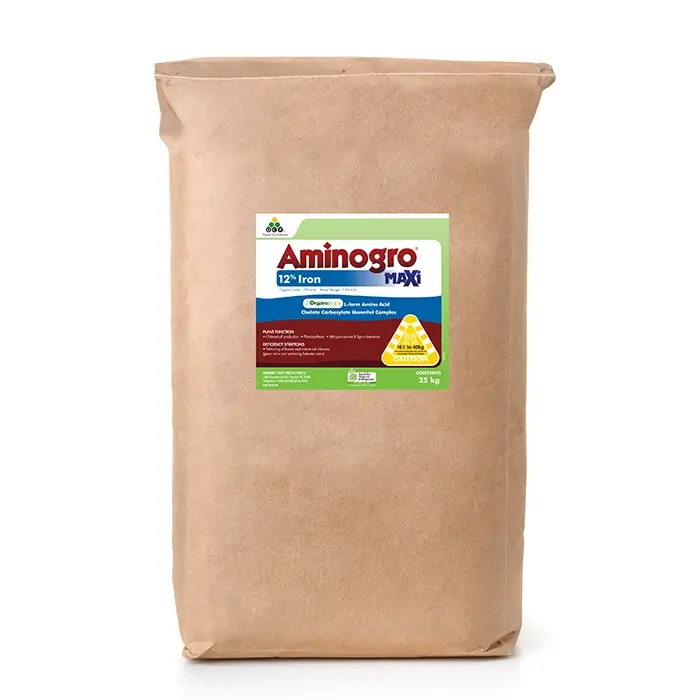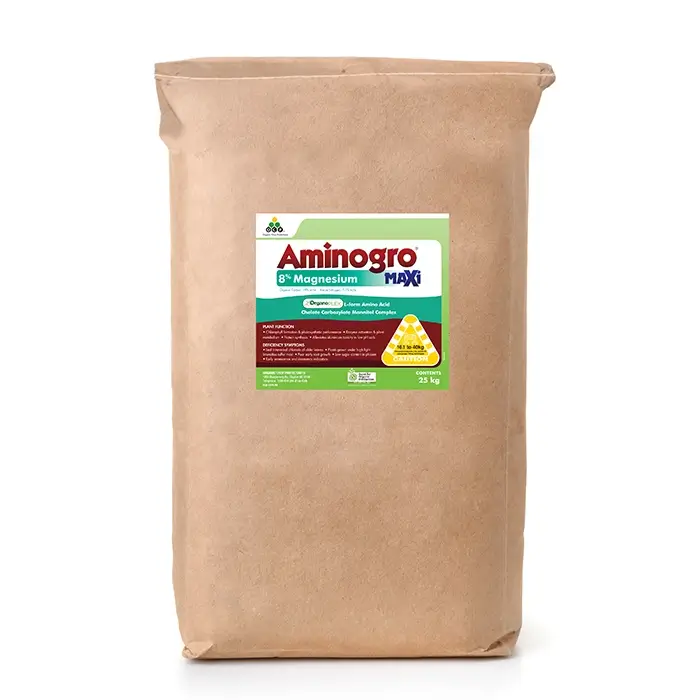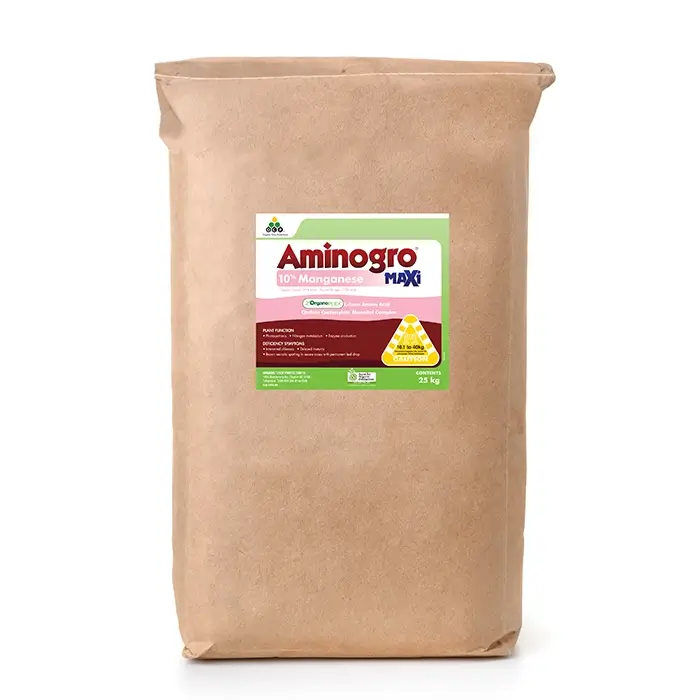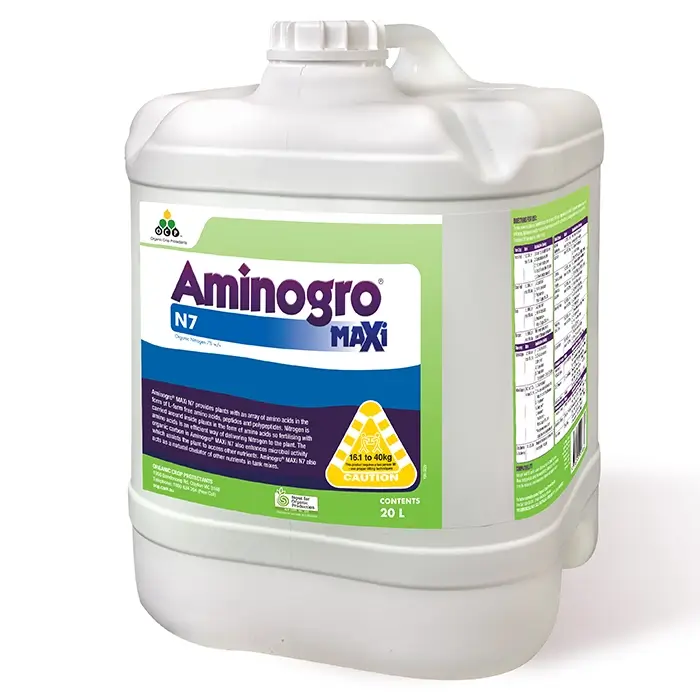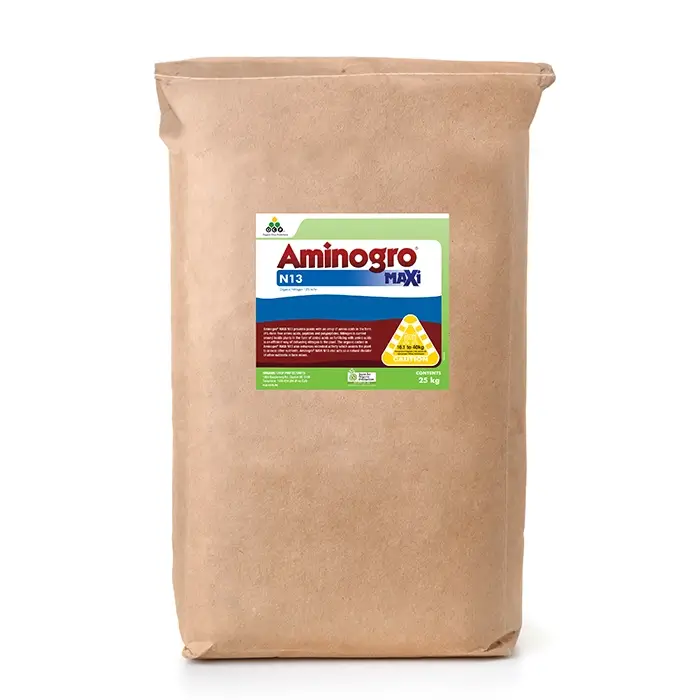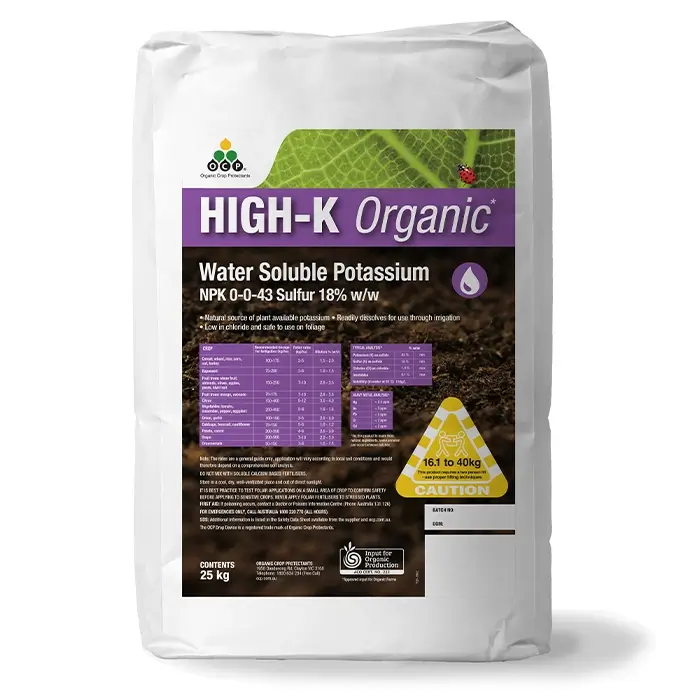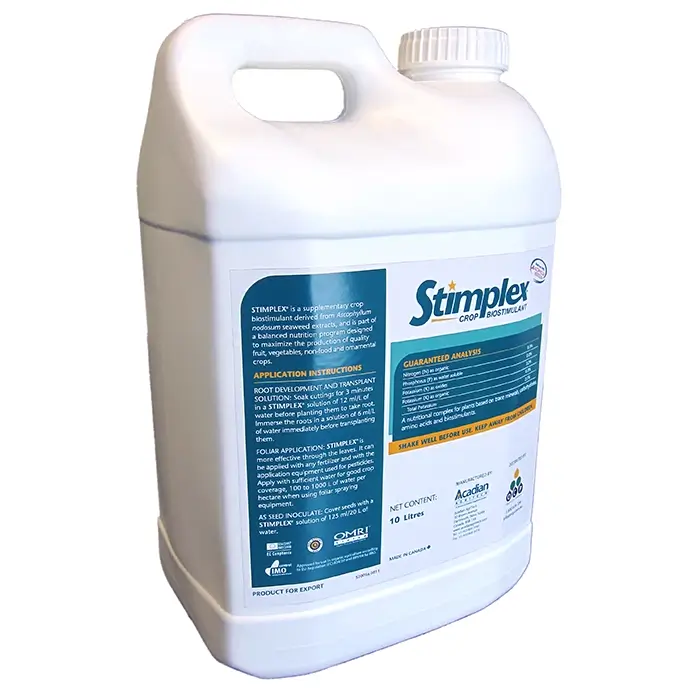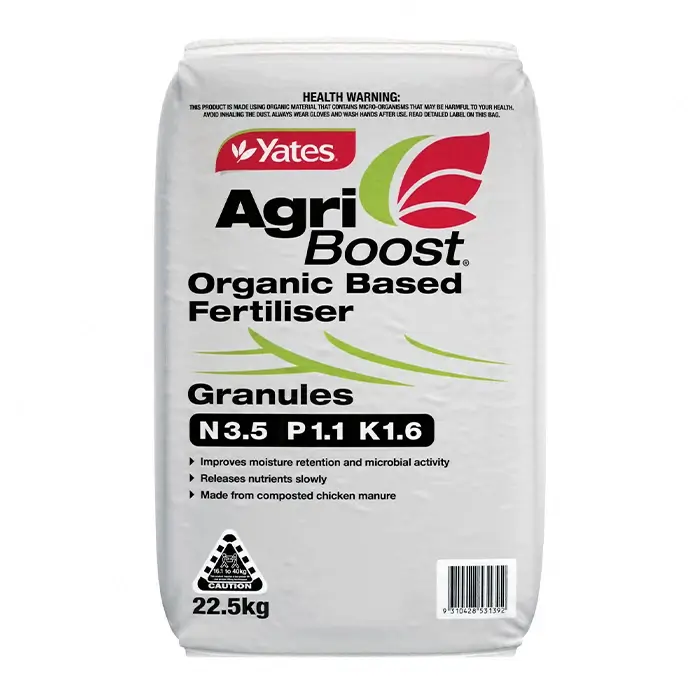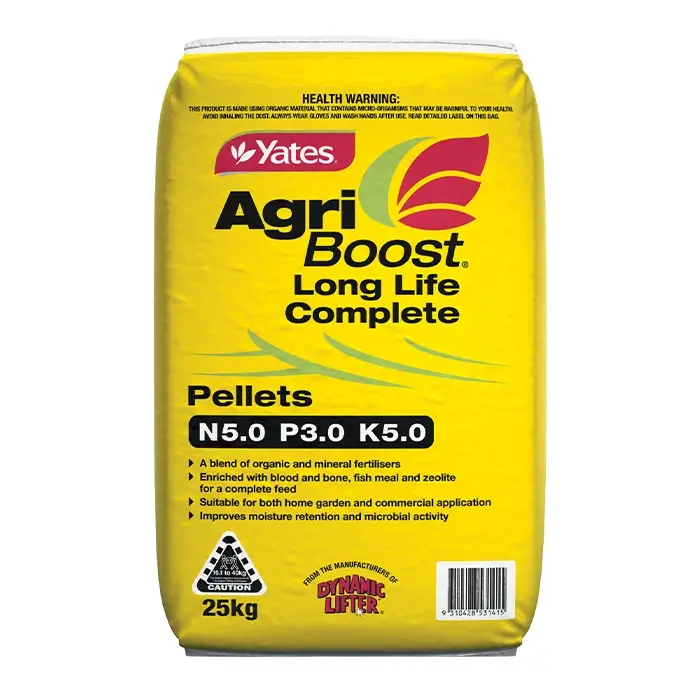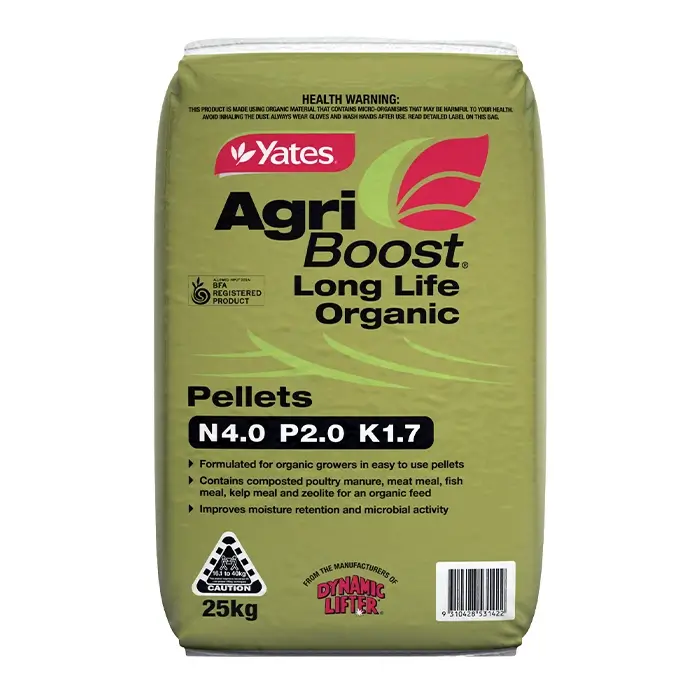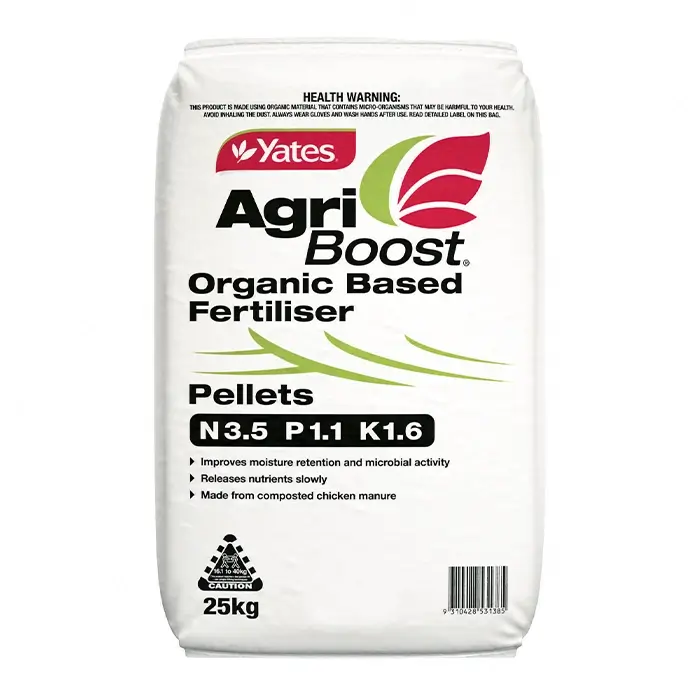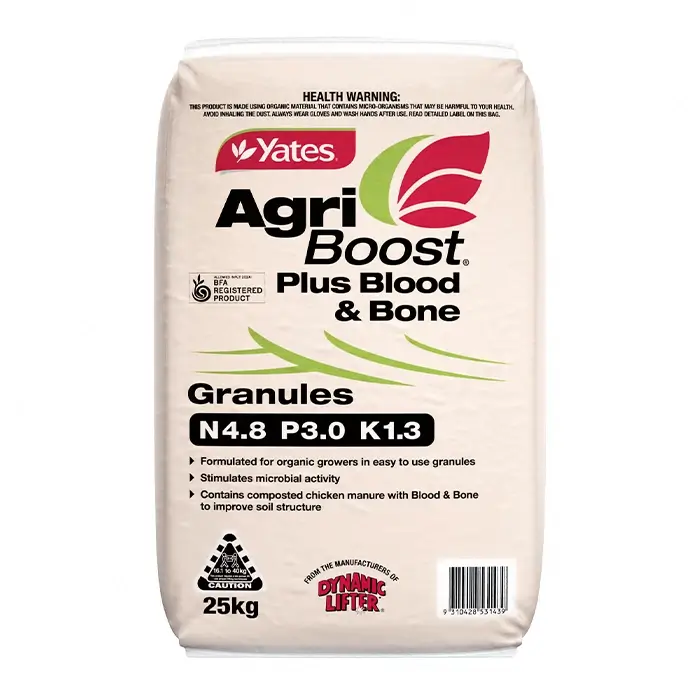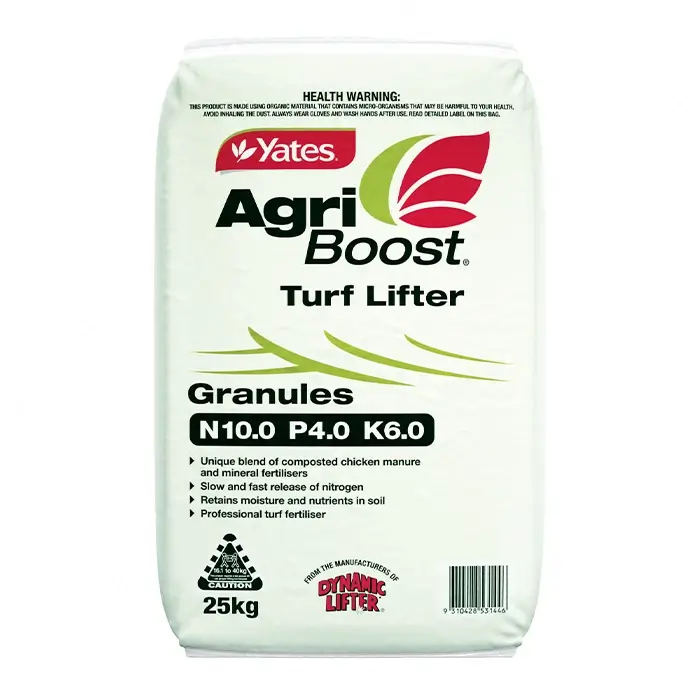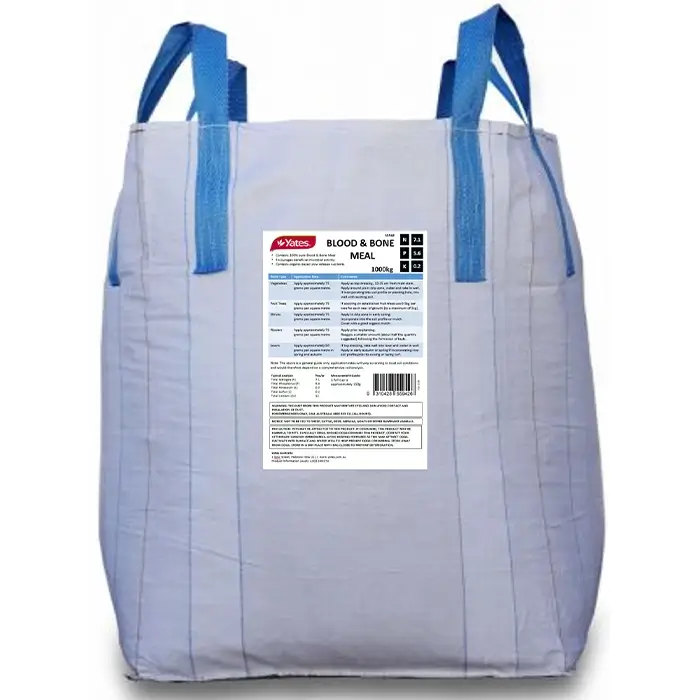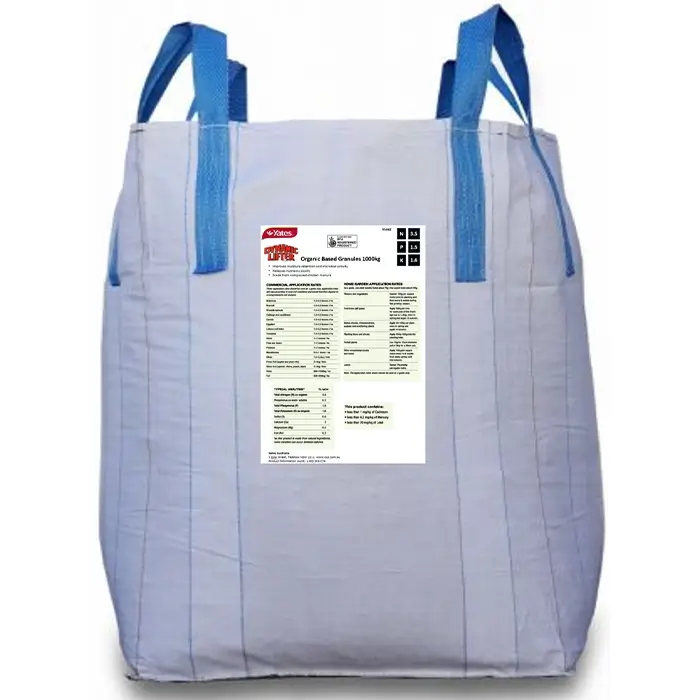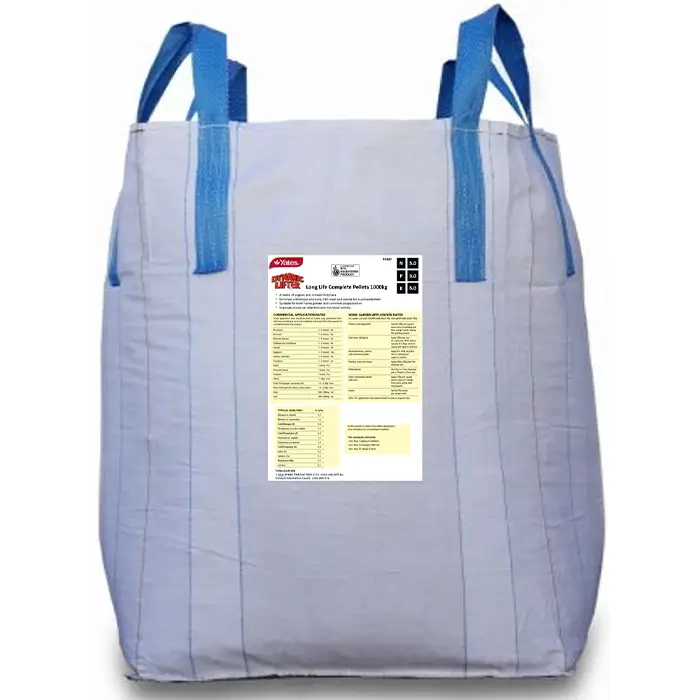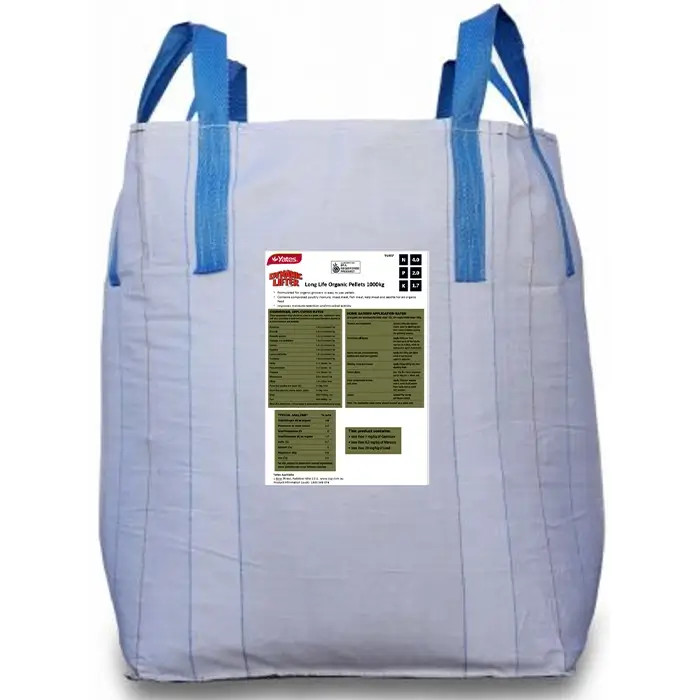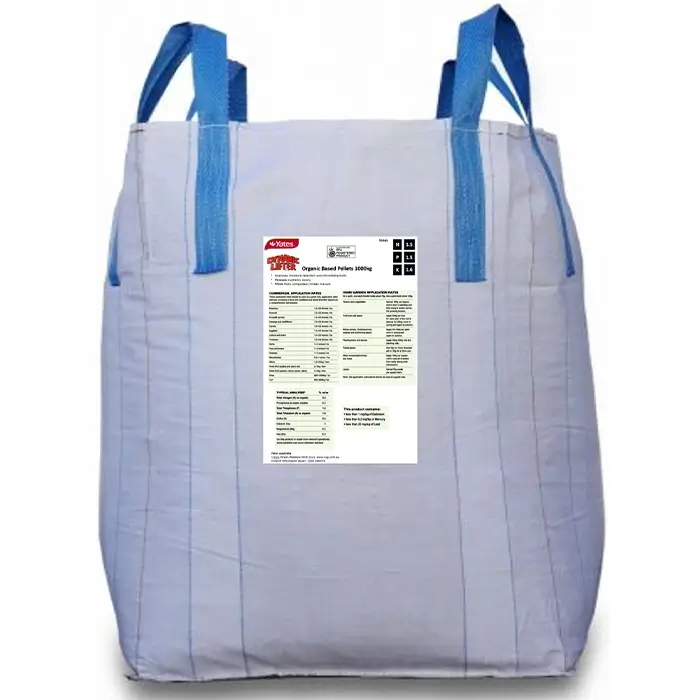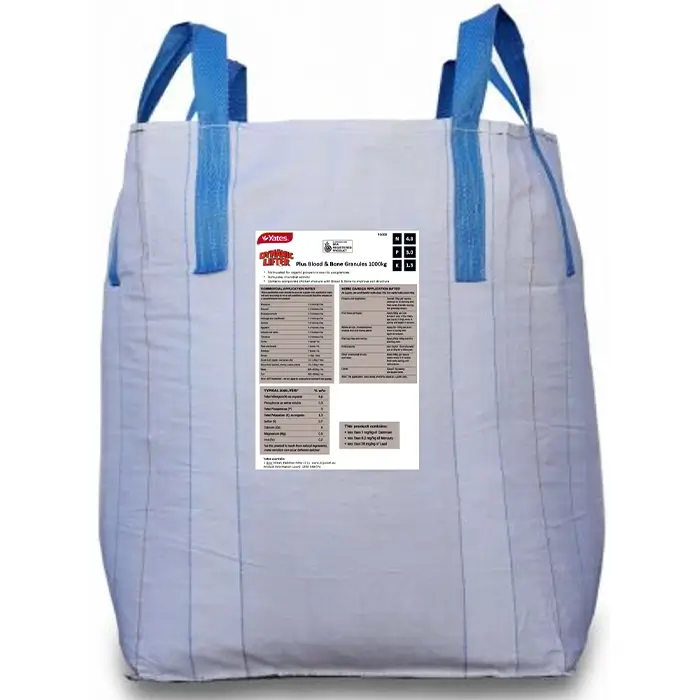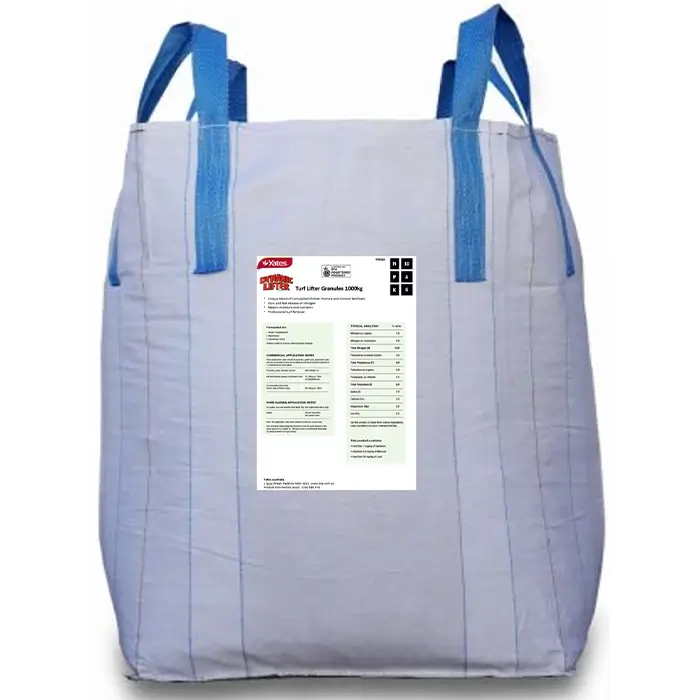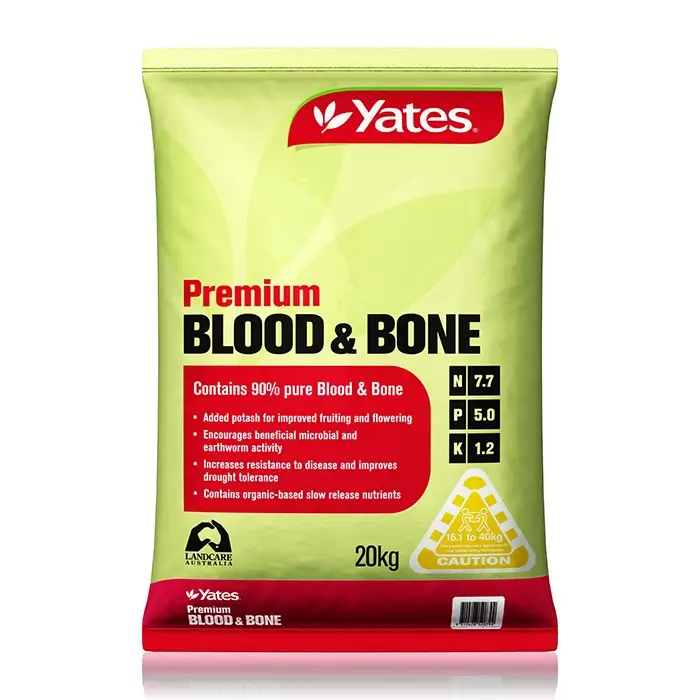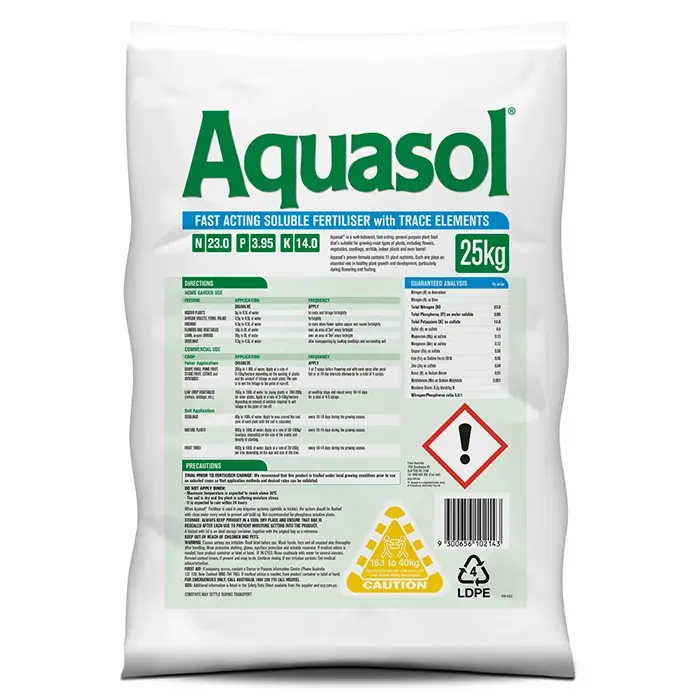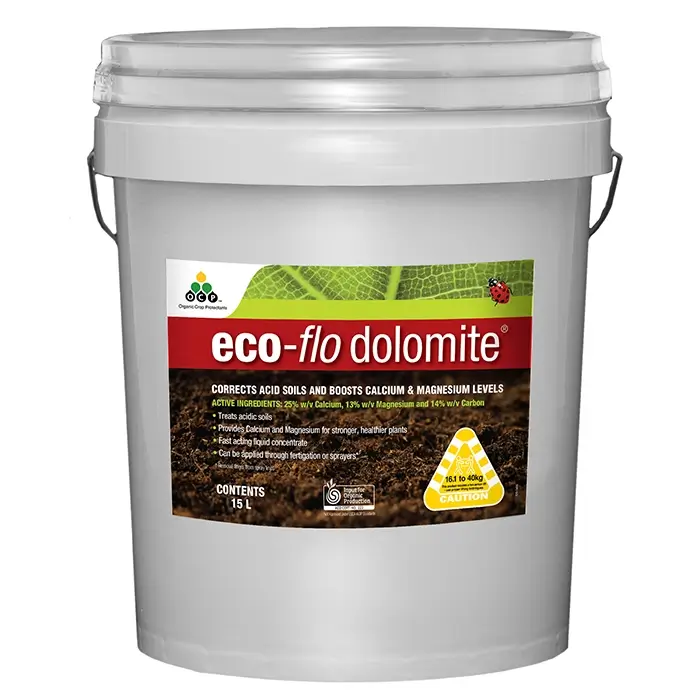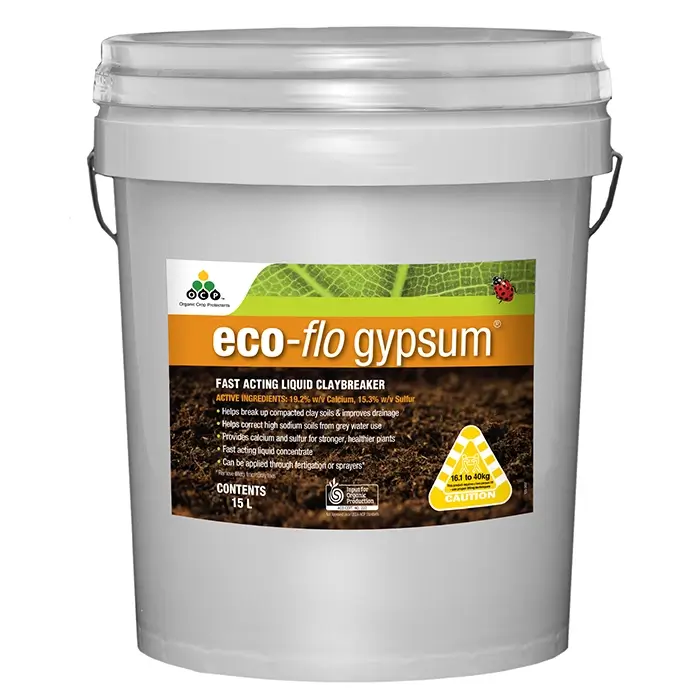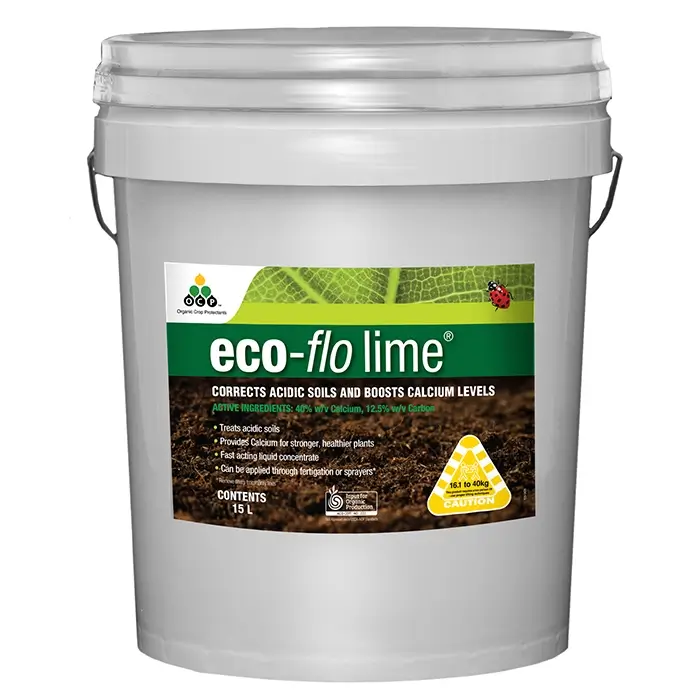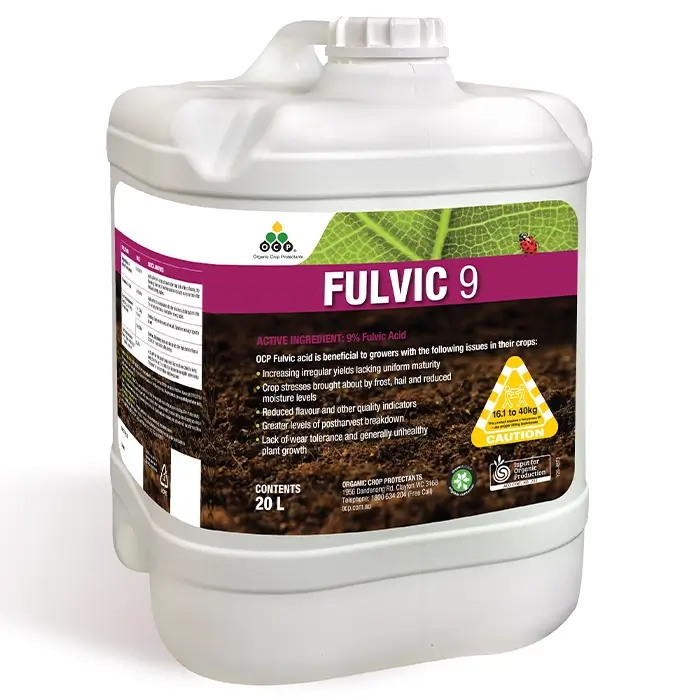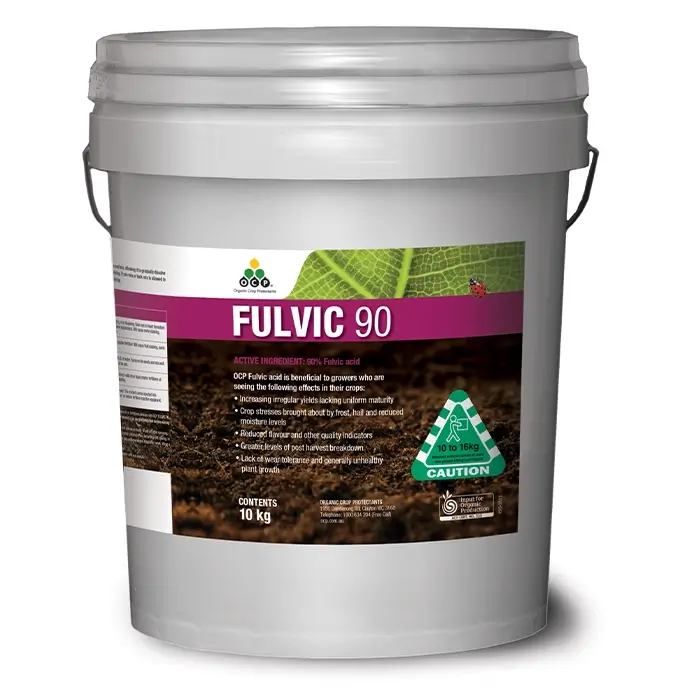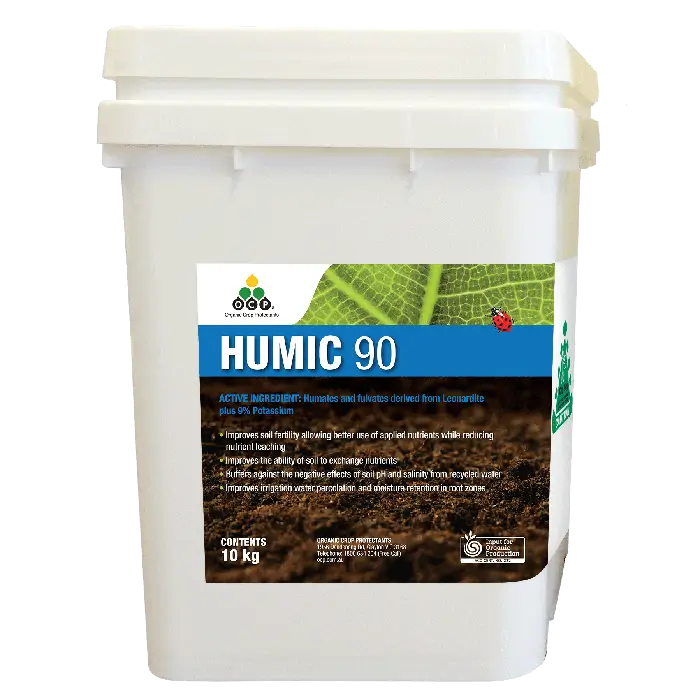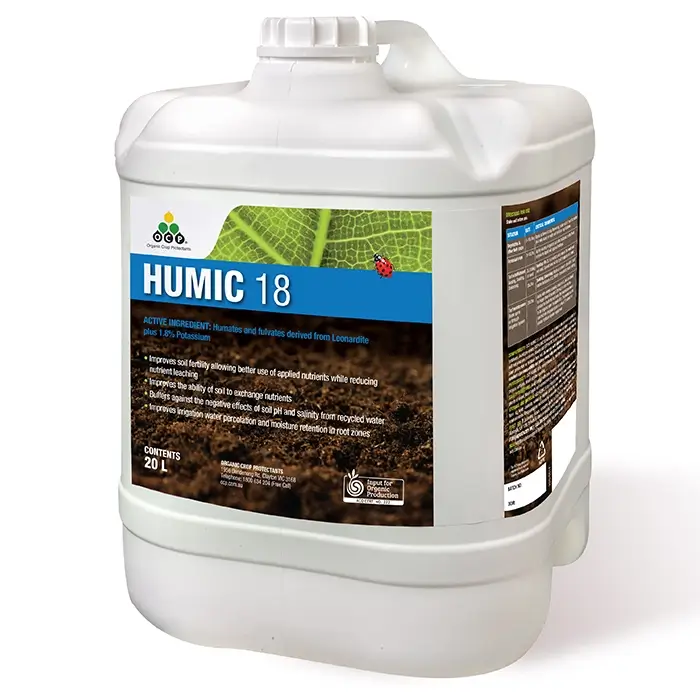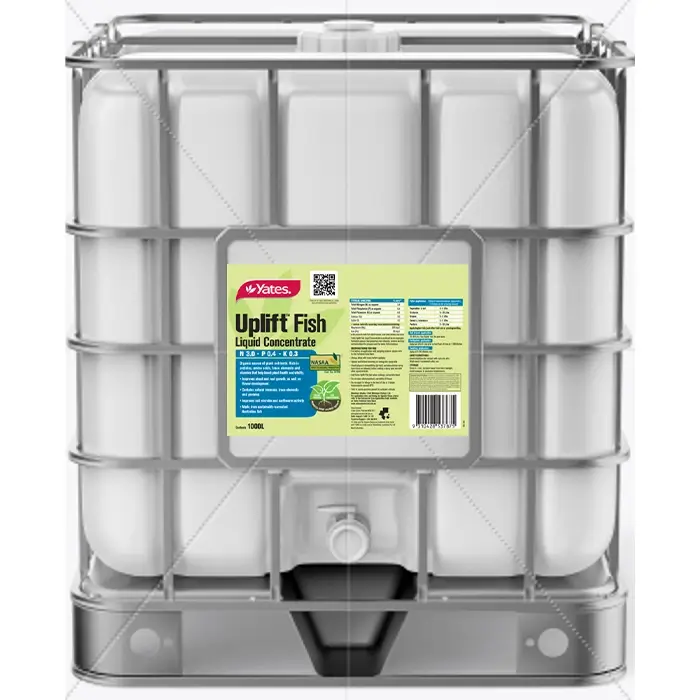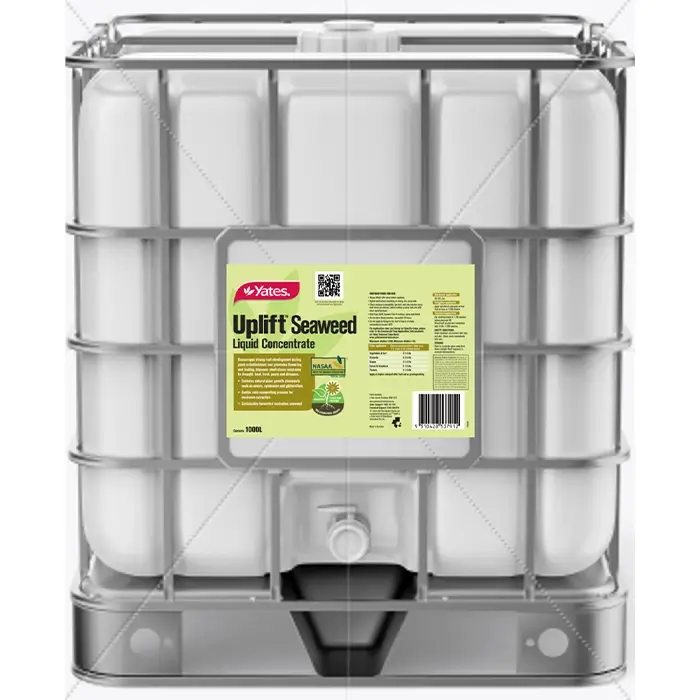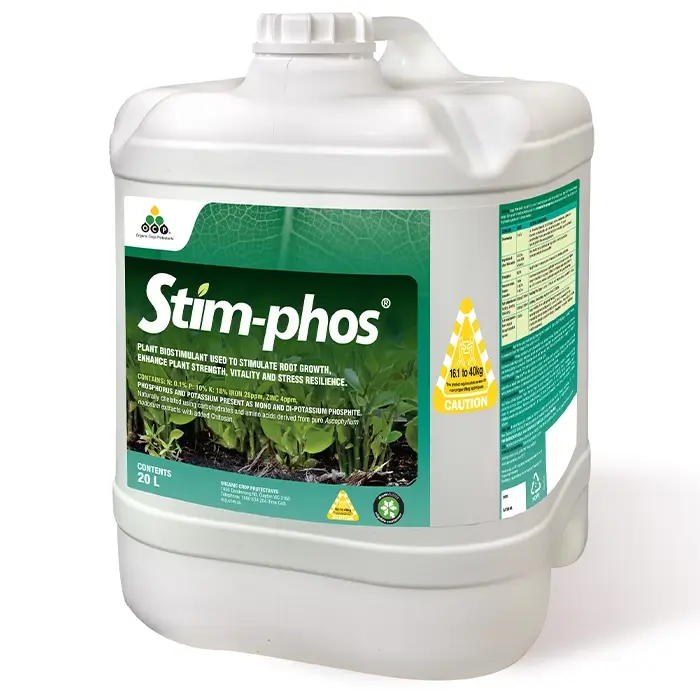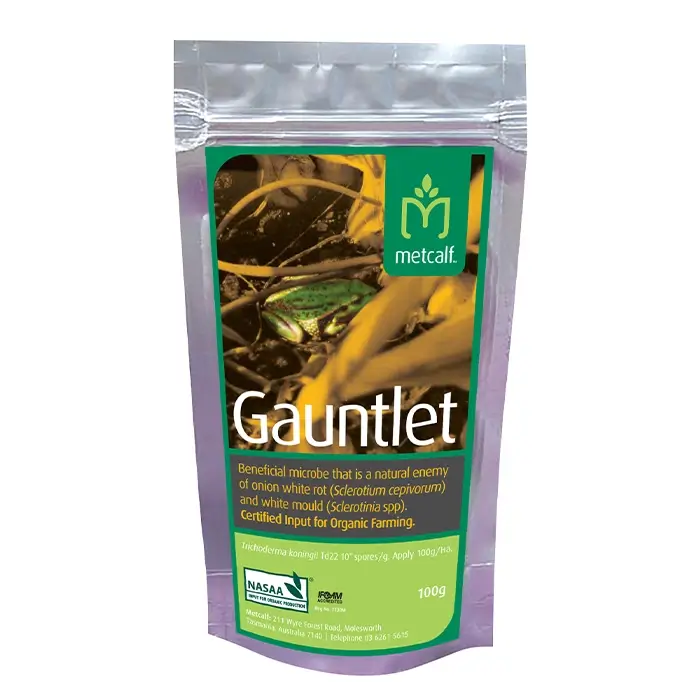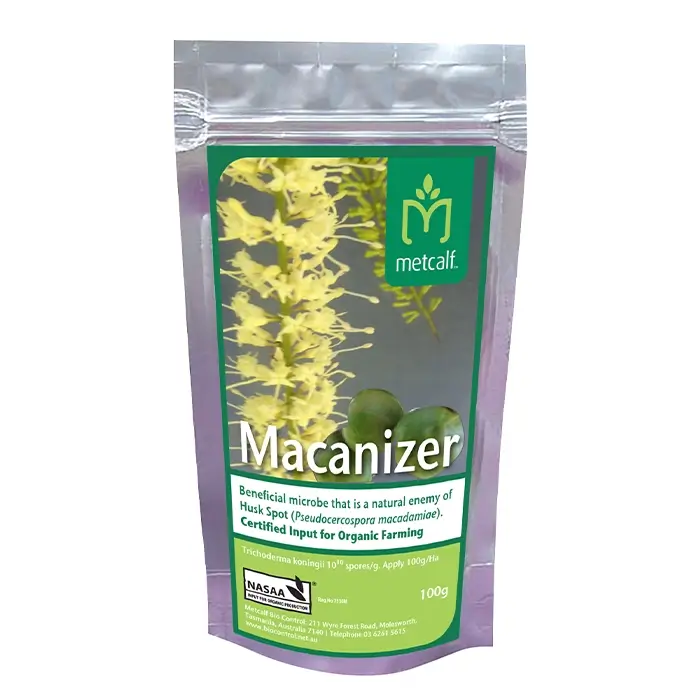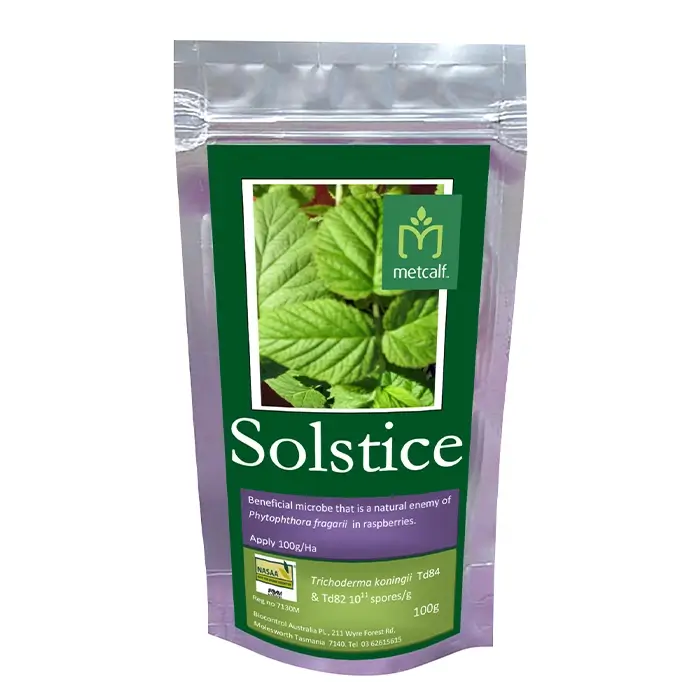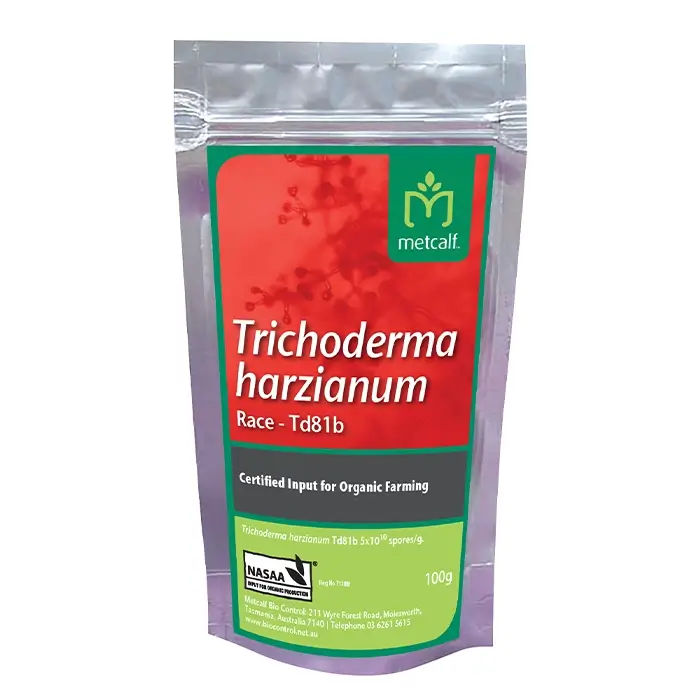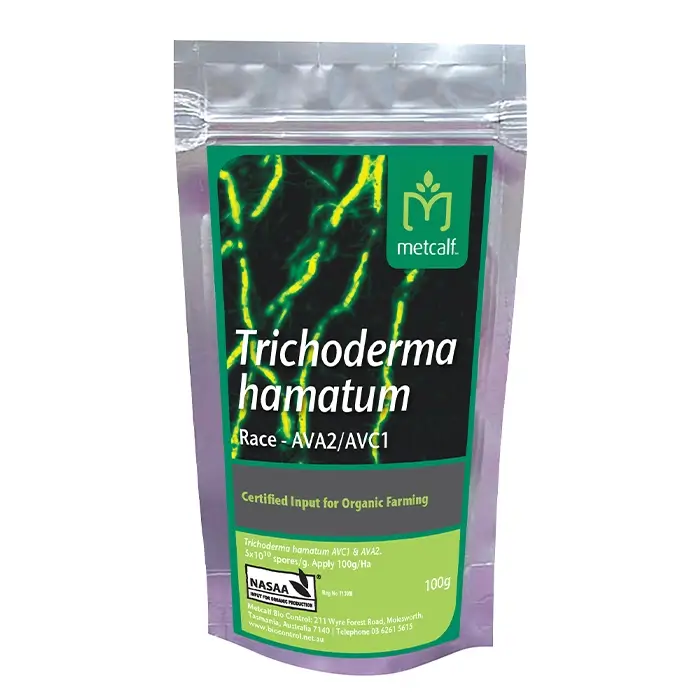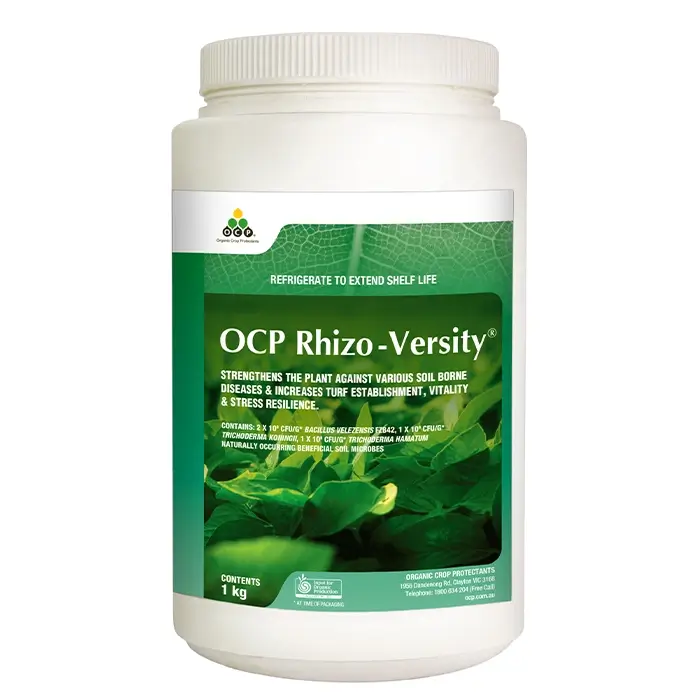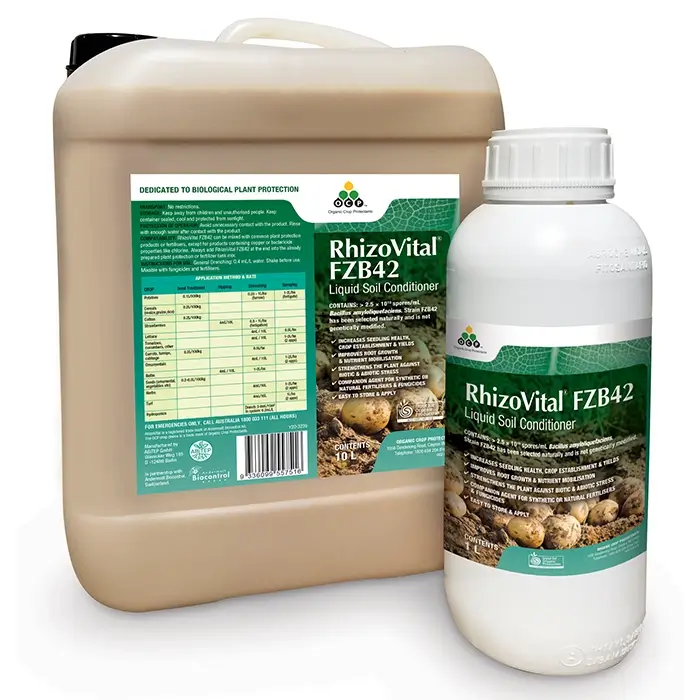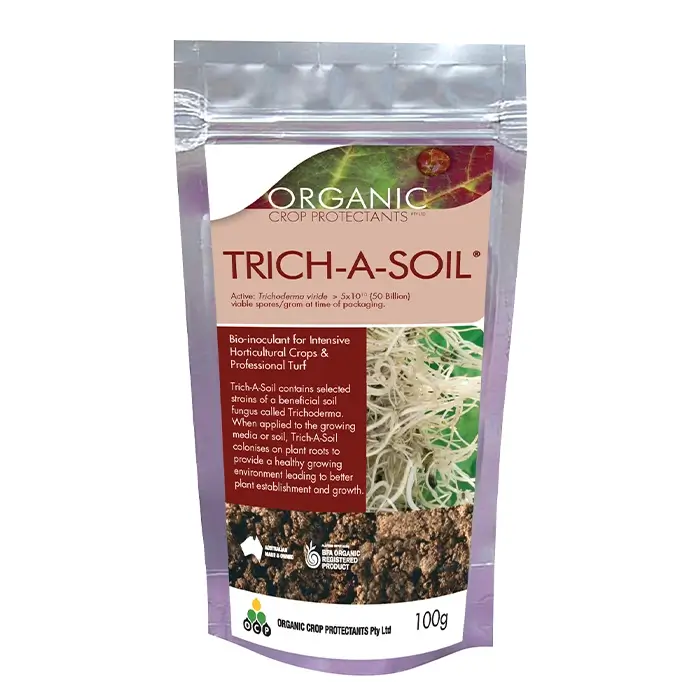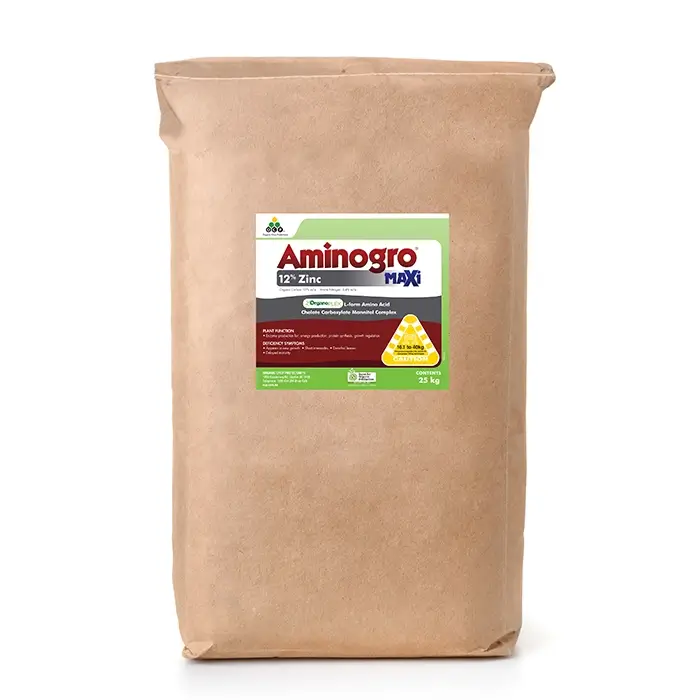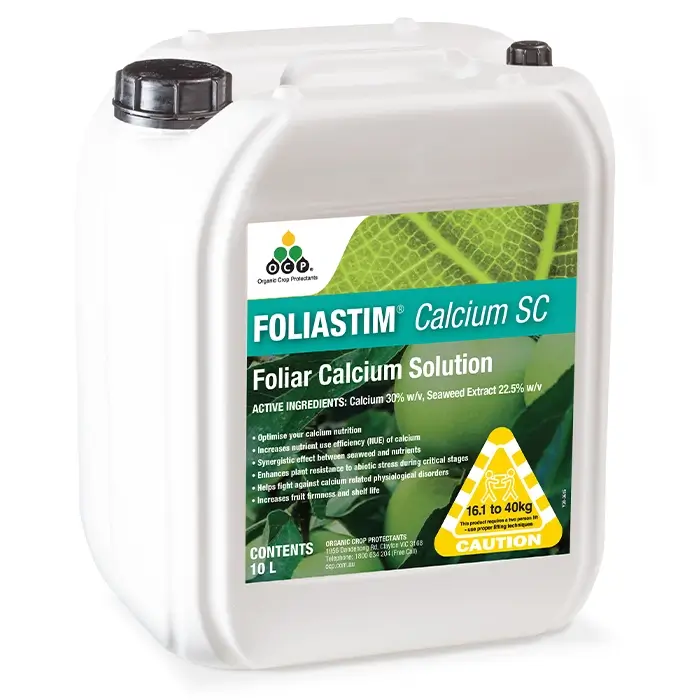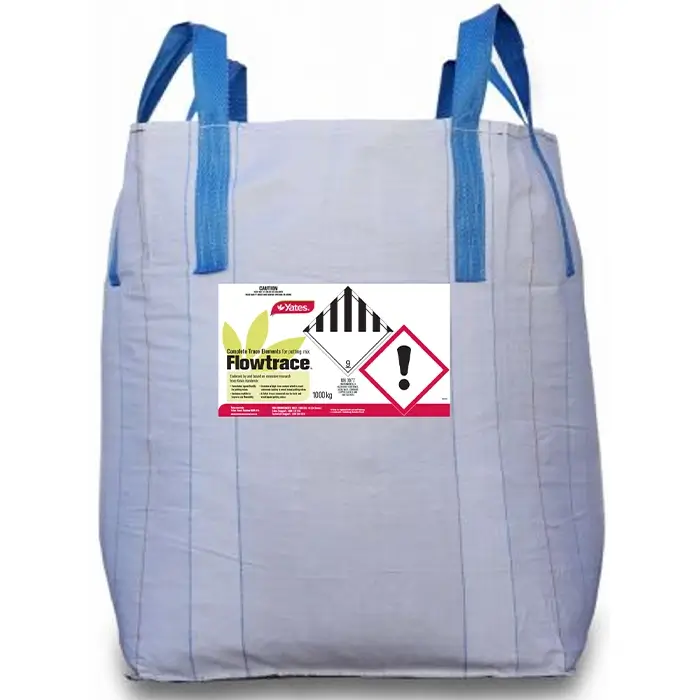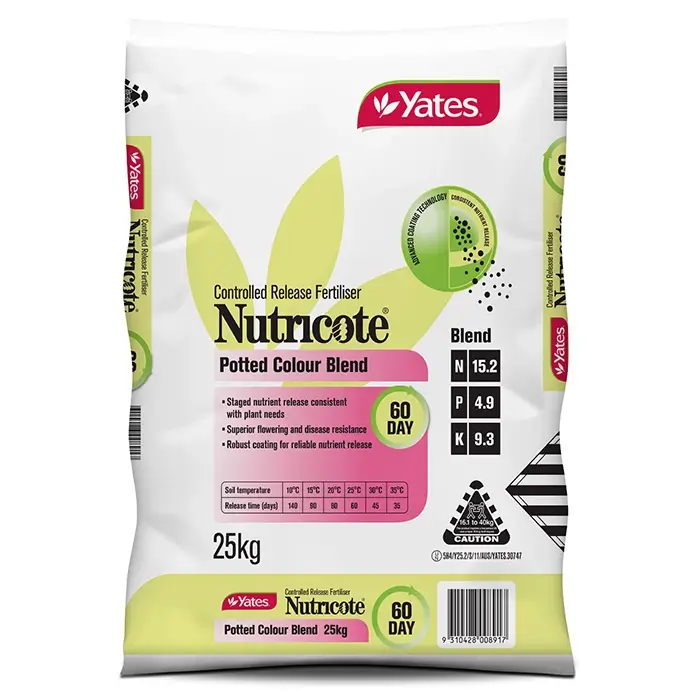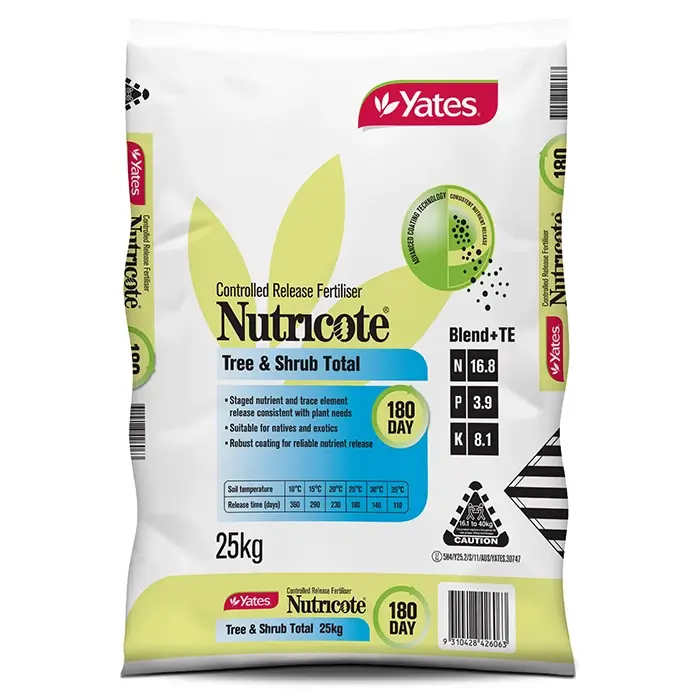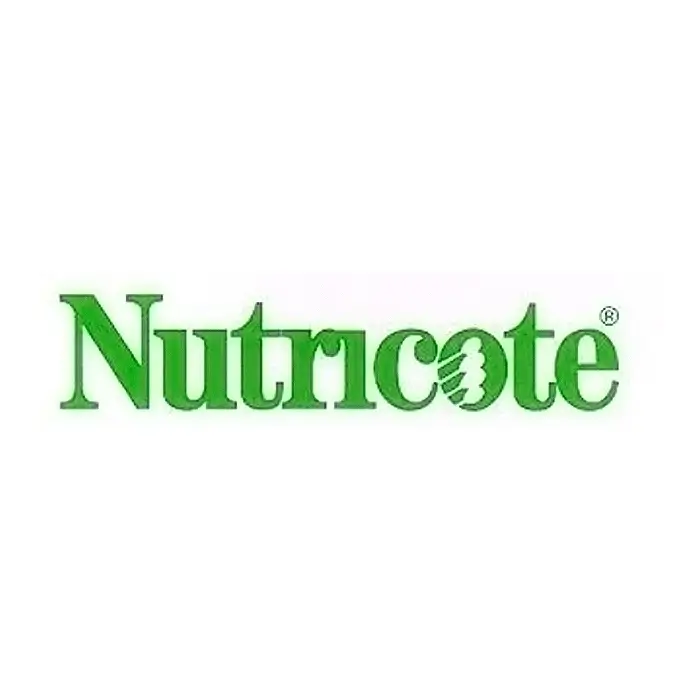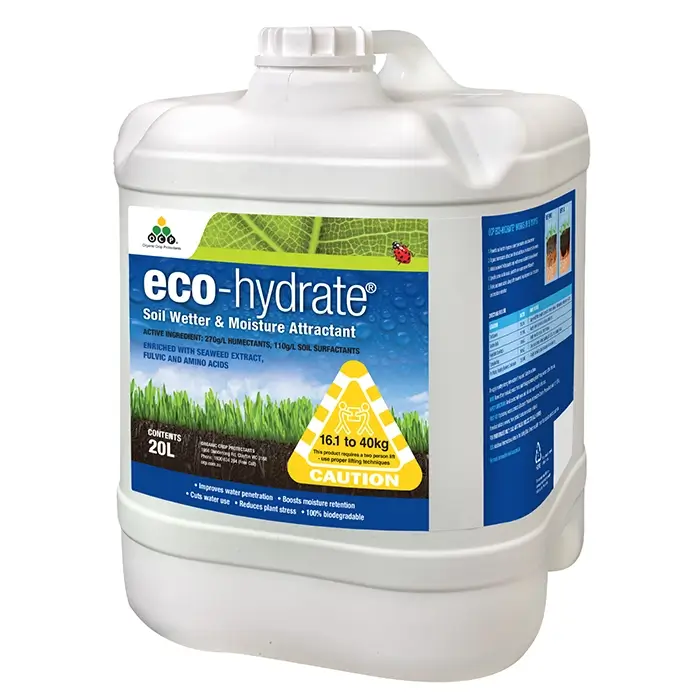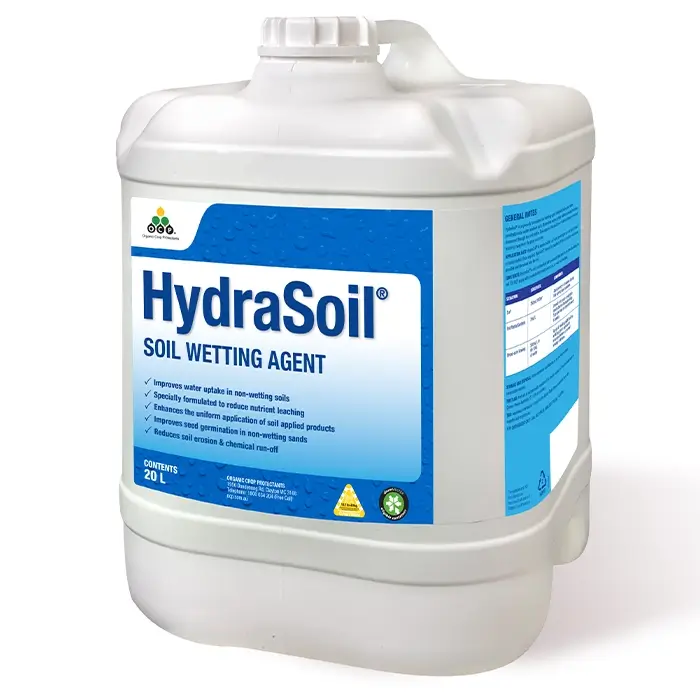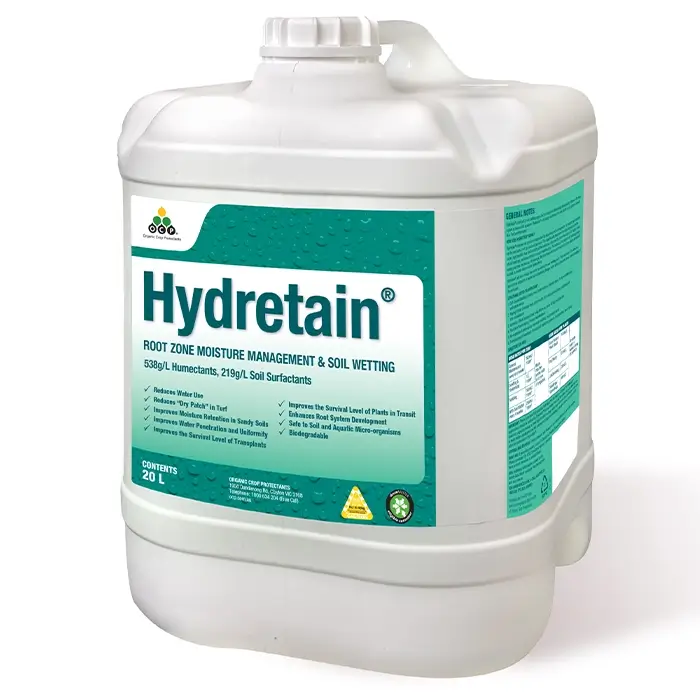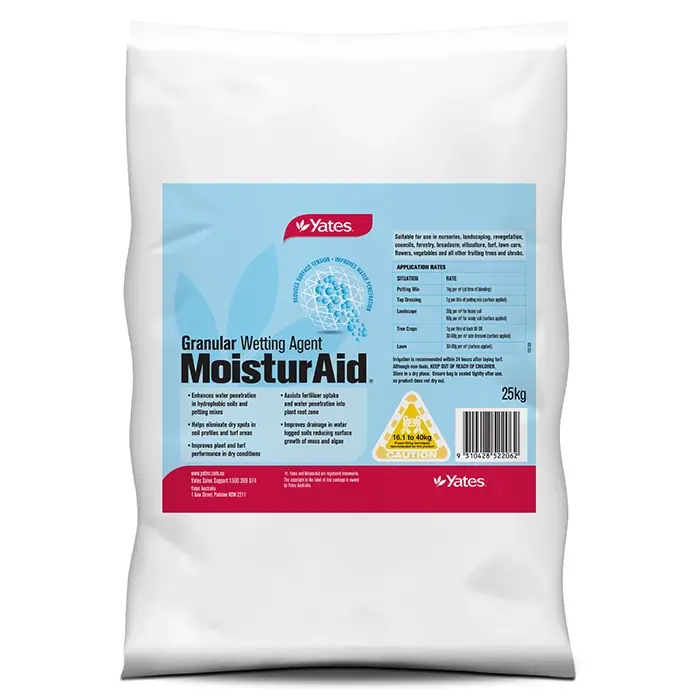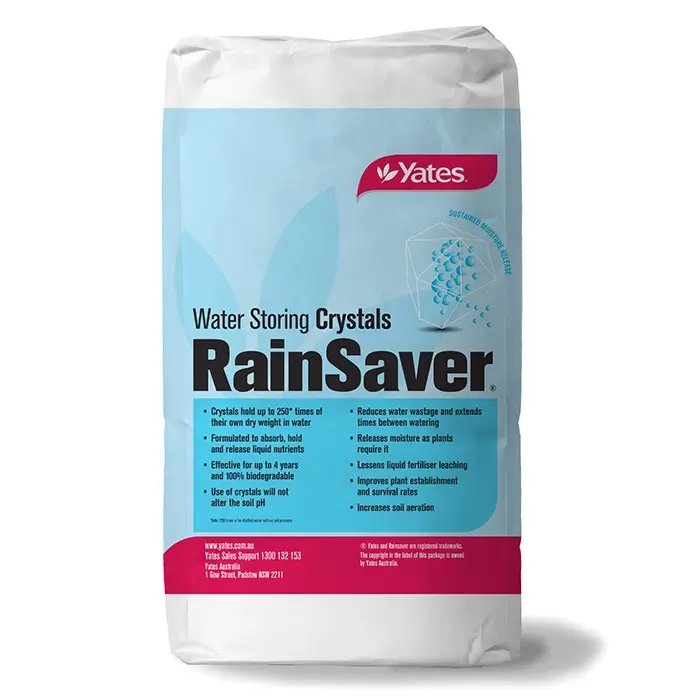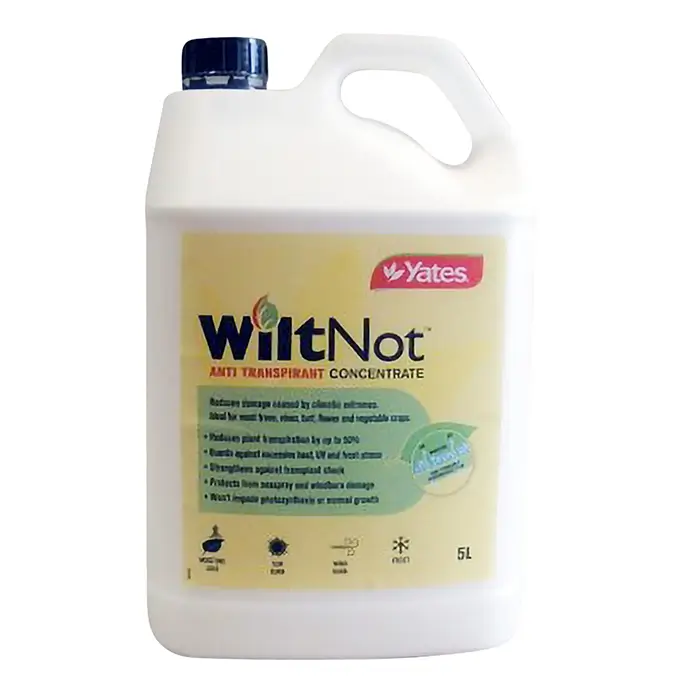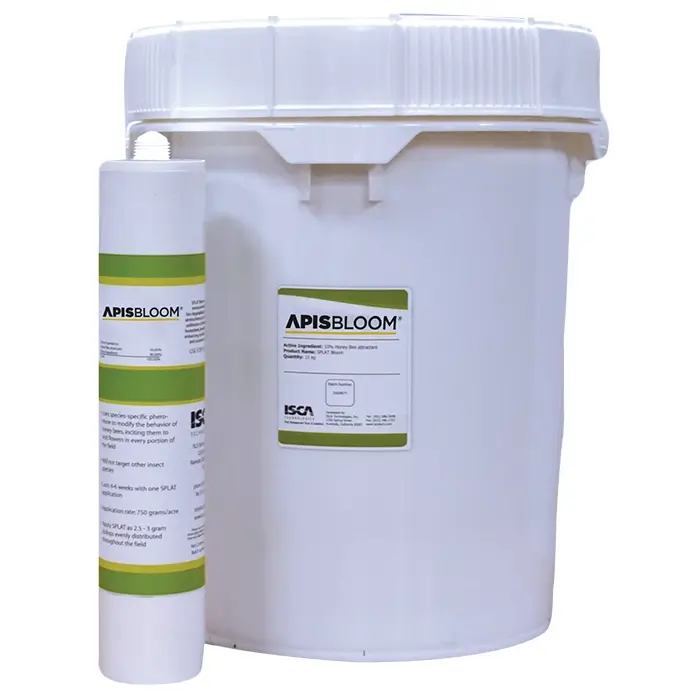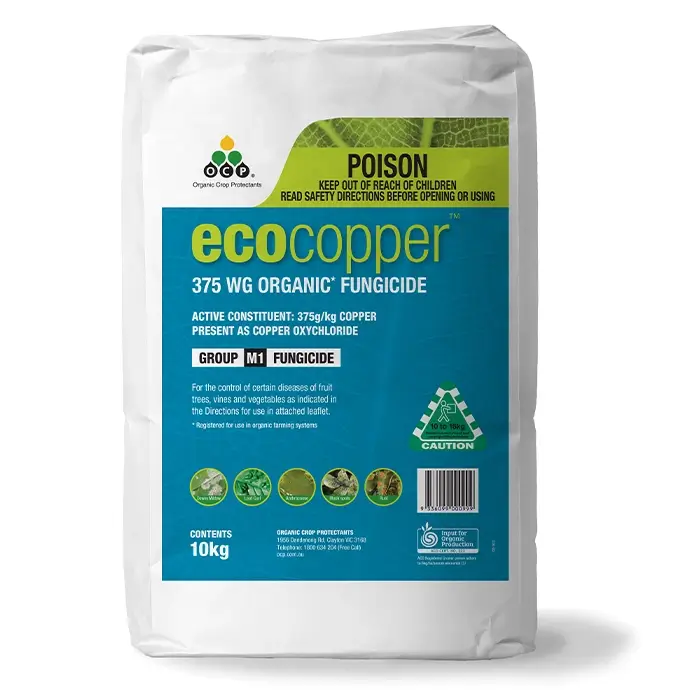
Can’t find a reseller close to you or a particular product? Order online direct from OCP.
Purchase Direct From OCPecocopper 375 WG Organic Fungicide $134.76 Inc. GST SKU:56271 |
ecocopper 375 WG Organic Fungicide
Ecocopper 375 WG formulation contains 375g/kg Copper oxychloride. Ecocopper is produced in Europe using the most stringent environmental processes. It protects many crops against disease like downy mildew, leaf curl, anthracnose, black spots and rust. Ecocopper is produced using what is known as fluid bed technology to ensure each granule is extremely uniform and formed in a way to maximise solubility, dispersibility and minimisation of dust in bags.
- Excellent solubility and dispersion
- Greater copper stability under wider pH range – lower phytotoxicity to the crop due to less “dumping” of copper
- Less phytotoxic and longer lasting than cupric hydroxide
- Optimised particle size distribution and shape for greater leaf coverage and contact with bacteria and fungi
- Registered organic
Active Constituent: 375g/kg Copper present as copper oxychloride
Ecocopper is a preventative fungicide so works best when applied to the crop prior to infection or can be used to protect new leaves during an infection event. Copper is a multi-site fungicide making it difficult for disease to develop resistance and is therefore a very effective Registered Organic Fungicide. Copper oxychloride is also very versatile because it provides both rapid copper release from the Cu(OH)2 component and slower release from the CuCl2. This provides both upfront protection and longer term protection plus rainfastness with lower burn potential.
TREE AND VINE CROPS
| Crop | Disease | State | Rate | Critical Comments |
|---|---|---|---|---|
| Apricots | Freckle (Venturia carpophila) | All states | 335 g/100 L | Apply at bud swell but before the earliest sign of leaf bud development. Apply a minimum of 1 post-harvest spray. |
| Shot hole (Stigmina carpophila) | All states | 335 g/100 L | Apply when buds are swelling, but before and within one week of bud opening | |
| Cherries, Peaches, Nectarines, Plums | Shot hole (Stigmina carpophila) | Apply when buds are swelling, but before and within one week of bud opening | ||
| Almonds | Qld, Vic, Tas, SA, WA only | |||
| Apricots, Cherries | Bacteria gummosis (Pseudomonas syringae) | Qld, Vic, Tas, SA, WA only | 335 g/100 L | Autumn: Apply at 25-50% leaf fall and again at 90-100% leaf fall. Winter: Apply in mid-winter. Spring: Apply at first sign of bud movement and repeat application 7-10 days later. |
| NSW, Vic, Tas, SA, WA only | 200 g/100 L | Apply 1 week after petal fall and repeat application 7-10 days later. These sprays control the leaf population of bacteria in mid to late spring. | ||
| Macadamias | Husk Spot (Cercoseptira spp.) | Qld, NSW, NT only | 335 g/100 L | Good spray penetration of foliage is essential. Apply from nut set (late September) to December. Apply at least 3 sprays at 3-4 week intervals. |
| Anthracnose/Husk Rot (Colletotrichum spp.) | Qld, NSW, NT only | 335 g/100 L | Good coverage inside the tree is essential. Spray from early summer (December) to May at monthly intervals. | |
| Pink Limb Blight (Corticum salmonicola) | Good coverage of infected limbs is essential. Spray from early summer (December) to May at monthly intervals. | |||
| Mangoes | Bacterial Black Spot (Xanthomonas campestris) | Qld, NSW, WA only | 335 g/100 L | Ensure good coverage. Apply every 4 weeks from early flowering to fruit set. DO NOT apply from a misting machine as coverage may not be adequate. |
| Mangosteens | Pink Disease, Anthracnose, Leaf Spots | All states | 535 g/100 L | Apply as a foliar spray at 4 weekly intervals. |
| Passionfruit | Brown Spot (Alternaria passiflorae) | Qld only | 265 g/100 L | Apply every 2 weeks (4 weeks in NSW) from October to May and 3-4 weeks (2 months in NSW) during winter. |
| NSW, NT, SA, Tas, Vic, WA only | 400-535 g/100 L | |||
| Phytophthora Blight (Phytophthora nictianae) | Qld, NSW only | 135 g/100 L | Mix to smooth consistency. Apply to infected area after removing dead tissue. Repeat frequently until healing commences. | |
| Rambutans | Pink Disease, Anthracnose, Leaf Spots | All states | 535 g/100 L | Apply as a foliar spray at 4 weekly intervals |
| Vines | Downy Mildew (Plasmopara viticola) | NSW, Qld, SA, Tas, Vic, WA only | 270 g/100 L | First apply when shoots are 10cm long. Repeat at 10-14 day intervals. Use shorter interval when conditions favour infection |
| Walnuts | Walnut Blight (Xanthomonas campestris) | All states | 400 g/100 L plus 175 mL summer oil | Apply at least 3 sprays at 7-10 day intervals. Commence application when the catkins are partially opened. Further applications would be necessary if conditions favour infection. |
NON TREE AND VINE CROPS
| Crop | Disease | State | Rate | Critical Comments |
|---|---|---|---|---|
| Bananas | Cercospora, Leaf Spot (Cercospora musae) | NSW, Qld, WA only | 335 g/100 L plus 600 mL summer oil/100 L or 3.4 kg/ha | Apply at 3-4 week intervals commencing December to May when weather conditions favour disease outbreak. Use sufficient water to ensure thorough coverage. |
| Beans | Common Blight (Xanthomonas campestris) | SA, Tas, Vic, WA only | 335 g/100 L or 3.4 kg/ha | Apply at first signs of infection or as a preventative spray. Repeat at 10-14 day intervals as necessary. |
| Bacterial Brown Spot (Pseudomonas syringae pv syringae) | All states | 335 g/100 L or 3.4 kg/ha | Apply the first spray within 3 weeks of emergence and repeat every 10-14 days. | |
| Brassicas | Black Spot (Xanthomonas campestris) | All states | 335 g/100 L or 3.4 kg/ha | Apply at first sign of disease. Repeat at 10-14 day intervals while conditions favour disease. Cabbages: This product must not be applied to cabbages when frosts are likely to occur. |
| Peppery Leaf Spot (Pseudomonas syringae) | ||||
| Ring Spot (Mycosphaerella brassicola) | ||||
| Downy Mildew (Peronospora parastica) | ||||
| Capsicums | Bacterial Spot (Xanthomonas vesicatoria) | All states | 335 g/100 L or 3.4 kg/ha | Seedbeds: Apply every 7 days during wet weather. Field crops: Apply at first sign of disease. Repeat at 10-14 day intervals. Use the shortest interval when conditions favour infection. These applications will reduce the spread of bacterial canker but will not control seed or soil-borne infection. |
| Capsicums | Bacterial canker (Corynebacterium michiganense) | NSW, Qld, SA, Tas, WA only | ||
| Carrots | Leaf Spot (Alternaria spp.) | All states | 335 g/100 L or 3.4 kg/ha | Apply at first sign of disease. Repeat at 7-14 day intervals while conditions favour infection |
| Celery | Septoria, Leaf Spot (Septoria apiicola) | All states | 335 g/100 L or 3.4 kg/ha | Apply at first sign of disease. Repeat at 7-14 day intervals. When weather favours infection, apply every 7 days. |
| Early Blight (Cercospora apii) | NSW, Vic, SA, WA, NT only | |||
| Cucurbits i.e., Rockmelon, Watermelon, Cucumber | Angular Leaf Spot (Pseudomonas syringae) | All states | 335 g/100 L or 3.4 kg/ha | Apply at first sign of disease. Repeat at 10-14 day intervals while conditions favour infection. |
| Bacterial Leaf Spot (Xanthomonas campestris) | ||||
| Lettuce | Downy Mildew (Bremia lactucae) | All states | 335 g/100 L or 3.4 kg/ha | Spray thoroughly at first sign of disease and repeat every 7-10 days as necessary. Alternate with Mancozeb. Caution: Do not apply if frosts are expected. |
| Bacterial Leaf Spot (Xanthomonas campestris) | ||||
| Onions | Downy Mildew (Peronospora destructa) | All states | 335 g/100 L or 3.4 kg/ha | Apply at first sign of disease. Repeat at 10-day intervals. |
| Ornamentals (flowers & shrubs) | Fungal Leaf Spots, Downy Mildew | All states | 400 g/100 L or 4.0 kg/ha | Apply at first sign of disease. Repeat at 7-14 day intervals as required. Small-scale phytotoxicity tests are recommended as some varieties may be sensitive under certain conditions. |
| Parsnips | Leaf Spots (Septoria spp.) | SA, Vic, WA only | 335 g/100 L or 3.4 kg/ha | Apply at first sign of disease. Repeat at 10-14 day intervals while conditions favour infection. |
| Peas | Ascochyta Blight (Ascochyta spp.) | All states | 335 g/100 L or 3.4 kg/ha | Apply at first sign of disease. Repeat at 10-14 day intervals. |
| Bacterial Blight (Pseudomonas syringae) | ||||
| Potatoes | Target Spot (Alternaria solani) | All states | 250-300 g/100L or 2.5-3.0 kg/ha | Apply from crop emergence to crop maturity at 7-14 day intervals. Use the higher rate when conditions are particularly favourable to disease development. |
| Irish Blight (Phytophthora infestans) | ||||
| Red Beet | Downy Mildew (Peronospora fasisona) | All states | 335 g/100 L or 3.4 kg/ha | Apply at 10-14 day intervals from seedling stage until maturity, while conditions allow infection. |
| Rust (Uromyces betae) | ||||
| Rhubarb | Crown Rot (Phytophthora spp.) | All states | 335 g/100 L or 3.4 kg/ha | Apply at 14 day intervals while conditions allow infection. |
| Silver Beet, Spinach | Downy Mildew (Peronospora fasisona) | All states | 335 g/100 L or 3.4 kg/ha | Apply at 10-14 day intervals, from seedling stage until maturity, while conditions allow infection. |
| Tomatoes | Bacterial Spot (Xanthomonas campestris) | All states | 295-335 g/100L or 2.5 kg/ha | Commence spray applications at first sign of disease and repeat every 7-10 days depending on weather conditions and severity of disease. |
| Bacterial Speck (Pseudomonas syringae) | Apply every 7-14 days depending on weather conditions and severity of disease. | |||
| Bacterial Canker (Corynebacterium michiganense) | The product will reduce the spread of bacterial canker but will not control seed or soil-borne infections. Seedbeds: Apply each 7 days under wet conditions. | |||
| Target Spot / Early Blight (Alternaria solani) | All states | 270-290 g/100L or 2.5 kg/ha | Minimise use on seedlings to avoid retardation of growth. | |
| Septoria Leaf Spot (Septoria spp.) Irish Blight/ Late Blight (Phytophthora infestans) | Use the higher rate when conditions are particularly favourable to disease development. |
Ecocopper can be used with most insecticides including emulsions and spraying oils. Do not mix with alkaline materials, such as Lime Sulfur, or with products containing calcium.
Do not use ecocopper in spraying equipment which could be expected to cause spray to drift onto nearby susceptible plants, adjacent crops, crop lands or pasture.
